February 18-21, 2019
Seeing the Aurora Borealis, also called the Northern Lights, was on my bucket list for a long time. We finally got to plan a trip to Churchill, Canada (please see that post). We traveled with Natural Habitat so they could guide us and teach us and feed us and take care of us.
Why Churchill? Well, so many of our friends had traveled to Norway or Iceland and never got to see the lights. Churchill has one of the highest probabilities of seeing them. Churchill has over 300 nights a year of aurora activity due to its northern latitude and because it sits in the auroral oval (see below to learn what that is). The skies tend to be clear between January and March because moisture is trapped on the frozen Hudson Bay. Less moisture means it is colder and clearer. So Churchill it was.
What are the Aurora Borealis?
This is the science part of the blog. It is one thing to see the amazing lights. But you also need to understand where those dancing colors come from. Why we travel to the top of the world to see them? Why do they vary from a faint glow to a sky full of color?
First the term itself. The word “aurora” was coined by Galileo around 1619 from the name of the Roman goddess Aurora who traveled from east to west announcing the coming of the sun. Ancient Roman poets used the name metaphorically to refer to dawn of the North, often mentioning its play of colors across the otherwise dark sky (e.g. “rosy fingered dawn”).
But what are the lights? Where do the come from? We had several lectures explaining this to us. I read lots and lots of reports. It is complicated. A full understanding of the physical processes which lead to different types of auroras is still incomplete, but the basic cause involves the interaction of the solar wind with the earth’s magnetosphere.
This is what Natural Habitat sent for us to understand: “The sun has its own weather and is a very stormy place. It is so hot and dynamic that its amazingly forceful gravity is still unable to contain its atmosphere. Energy is constantly being released, in the form of heat, light, and plasma. The energized, particulate plasma is known as the solar wind. Solar wind is constantly streaming toward Earth from the sun and, since it is material, it takes approximately four days to reach Earth, rather than the 8 minutes it takes light.
On Earth, the intense radiation of the solar wind could be extremely limiting to life as we know it. Thankfully, we have the magnetosphere to protect us, a large magnetic field that surrounds the Earth and deflects the solar wind. Think back to elementary school where you were challenged with pushing the north poles of two magnets together; they physically repel each other much in the same way that the sun’s energy is repelled. However, some of the sun’s particles are actually captured by the magnetic field, rather than deflected by it. These energized particles then reside in what’s known as a “Van Allen Belt,” and ultimately travel along magnetic field lines into the “polar cusp,” a weakness in the magnetosphere that allows access to the Earth’s atmosphere. There are two polar cusps and, as the name implies, they occur only at the poles. And so, it is in high latitudes where the solar wind interacts with the gases in our atmosphere to create the aurora.
Though the solar wind is constant, it is not altogether regular in its strength. There are times when the sun emits more than the usual amount of solar wind. And so auroral displays are dependent on the intensity of solar activity. Low-level solar activity may only produce a faint green stripe in the sky, while large-scale explosions on the surface of the sun, such as solar flares and coronal mass ejections (CME), will produce powerful solar winds that often result in exceptional auroral displays of all colors. Massive solar events like a CME can also expand the auroral zone to where it can be viewed further south. These events are known as geomagnetic storms.”
Aurora Borealis for dummies
Here is the short version. When charged particles from the sun strike atoms in Earth’s atmosphere, they cause the electrons in the atoms to move to a higher-energy state. When the electrons drop back to a lower energy state, they release a photon, that is, light. This light is the aurora. So, in short, the bright dancing lights of the aurora are actually collisions between electrically charged particles from the sun that enter the earth’s atmosphere.
And here is what our guide, Eddy, had to say:
“Streaming protons and electrons from the sun excite molecules of oxygen and nitrogen. This oxygen and nitrogen needs to return to a normal state and so the molecules release photons. We see that light.”
Most auroras occur in a band known as the “auroral zonose”, most clearly seen at night against a dark sky. A region that currently displays an aurora is called the “auroral oval”, a band displaced towards the night side of the Earth. As with everything these days, there is an app which tells you where the auroral zone is and how likely you are to see the lights each night.
The colors of the Aurora Borealis
The varying intensity of the solar wind produces effects of different magnitudes and different colors. The aurora can be red, green, purple, blue, yellow or pink. The most common is the green and purple, at least in Churchill. As more fully explained above, fairly high concentration of atomic oxygen and higher eye sensitivity in green make green auroras the most common. The reds are a result of excited nitrogen. . When the solar winds blow harder, more energy is injected into our atmosphere, and so the colors become more vivid and may cover a larger portion of the sky.
For some people, like me the first night, the light looks white to the bare eye. The camera, on the other hand, can pick it up the green vividly because we can control the length of time light reaches and the sensitivity of the cameras “eye” or image sensor.”
Aurora events
Sometimes the solar storms can be so severe that they wreak havoc on earth. There have been several such occurrences.
The Carrington Event
The largest solar storm, or geomagnetic storm, was in August of 1859. The event was recorded by a British astronomer Richard Carrington and thus is called the Carrington Event. The storm caused strong auroral displays and wreaked havoc with telegraph systems. Telegraph systems all over Europe and North America failed, in some cases giving telegraph operators electric shocks.
Auroras were seen around the world, those in the northern hemisphere as far south as the Caribbean. Those over the Rocky Mountains in the U.S. were so bright that the glow woke gold miners, who began preparing breakfast because they thought it was morning. People in the NE United States could read a newspaper by the aurora’s light.
NASA became so interested in these solar storms and the fact that it could turn out the lights, it sent rockets into space to try to extinguish the lights and to try to control them. Obviously, it did not work.
The New York Railroad Storm
In May of 1921, during an unexpected aurora display, the entire signal and switching system of the New York Central Railroad was put out of operation, followed by a fire in the control tower at 57th Street and Park Avenue. No one had ever heard of such a thing having happened during the course of an auroral display. The cause of the outage was later ascribed to a ‘ground current’ that had invaded the electrical system. Railroad officials assigned blame to the aurora for a fire that destroyed the Central New England Railroad station. In Sweden a telephone station was ‘burned out’, and the storm interfered with telephone, telegraph and cable traffic over most of Europe. Aurora were visible in the Eastern United States, with additional reports from Pasadena California where the aurora.
The 1941 Playoffs
In September of 1941, there was another giant magnetic storm. It arrived at a poignant moment in history, when radio and electrical technology was emerging as a central part of daily life. This storm had the misfortune of occurring during a home game of the Brooklyn Dodgers and the Pittsburgh Pirates. During the day, baseball fans expected to hear the entire 4:00 PM broadcast on station WUR by Red Barber. With the game tied at 0-0, the station became inaudible for 15 minutes. When it resumed, the Pirates had piled up not just one, but FOUR runs. Within minutes, thousands of Brooklyn fans had pounded the radio station, demanding an explanation for the ‘technical difficulties’, only to receive the unsatisfactory answer that the sun was to blame.
This was also a time when much of the world was embroiled in World War II, which the United States had not yet officially entered. The illuminated aurora night sky exposed an Allied convoy to German attack. Auroras danced across the night sky as voltage surged in power grid lines. Citizens, already on edge, wondered if neon lights were some sort of antiaircraft signal.
Quebec blackout storm
In March of 1989, astronomers had witnessed a powerful explosion on the sun. Within minutes, tangled magnetic forces on the sun had released a billion-ton cloud of gas. It was like the energy of thousands of nuclear bombs exploding at the same time. The storm cloud rushed out from the sun, straight towards Earth, at a million miles an hour. The solar flare that accompanied the outburst immediately caused short-wave radio interference, including the jamming of radio signals from Radio Free Europe into Russia. It was thought that the signals had been jammed by the Kremlin, but it was only the sun.
When the vast cloud of solar plasma finally hit earth’s magnetic field, it resulted in a spectacular display of Northern Lights that could be seen as far south as Cuba. The magnetic disturbance was incredibly intense and created electrical currents in the ground beneath much of North America. The currents found a weakness in the electrical power grid of Quebec. In less than 2 minutes, the entire Quebec power grid lost power. During the 12-hour blackout that followed, millions of people suddenly found themselves in dark office buildings and underground pedestrian tunnels, and in stalled elevators. Most people woke up to cold homes for breakfast. The blackout also closed schools and businesses, kept the Montreal Metro shut during the morning rush hour, and closed Dorval Airport.
The Halloween Storm
In October of 2003, October 29 to be exact, another solar storm broke out resulting in auroras that were seen all over North America. The solar storm interfered with satellites floating above the earth, including the loss of a $450 million research satellite.
The Legends around the Aurora Borealis
There are lots of legends surrounding the lights. Just imagine not having the knowledge we have today and suddenly seeing the sky burst into colors that dance and dance and dance.
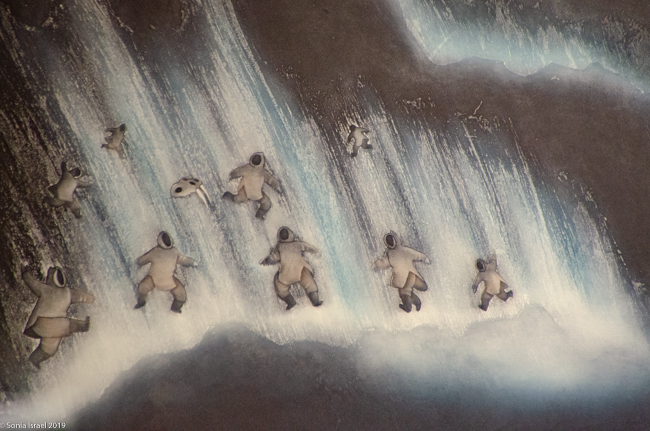 The one we kept hearing about, and that we saw in paintings, is the Inuit mythology that believes that the flickering lights of the Northern lights are the spirits of their ancestors playing soccer with a stuffed walrus head. They call it celestial football.
The one we kept hearing about, and that we saw in paintings, is the Inuit mythology that believes that the flickering lights of the Northern lights are the spirits of their ancestors playing soccer with a stuffed walrus head. They call it celestial football.
The Inuit also viewed the lights as dancing animal spirits, like beluga whales (who frequent Churchill in the spring), deer, seal and salmon. Others believed they were dancing spirits.
The Fins knew the aurora as “revontulet,” or the fire-fox, who ran across the cold night sky while its tail emitted static electricity.
In Norse mythology, the glimmering lights are the spears, armor and helmets of the Valkyries as they descent to earth to collect the bodies of courageous warriors who died on the battlefield.
In the port city of Ostia, Italy, the aurora formed in a deep red. It was so intense that the local army was sure it was a fire and rushed to the rescue. The Aboriginal in Australia also associated the aurora with fire. Some believed it was the campfire of the dead. Others that it was an evil spirit creating a large fire. Yet others believed that the auroras were the fires of the ghostly spirits who were speaking to the people through the aurora.
Other legends include a belief that the lights are pathways for the deaf to travel to the afterlife. The Chipewyan people knew that if you very quickly rubbed the skin of a caribou, it created sparks. So they believed that the lights were a large herd of caribou running across the sky.
Other beliefs? Always wear your hat so the lights don’t burn your hair. Never go outside after dark because the lights steal young people and the colored lights are the missing kids parkas. If you throw dog poo at the sky, it protects you.
Night 1: Heading out to see the lights
Feb 18, 2019
On our first night in Churchill, we bundled up with 3 layers of long underwear, fleece pants, lined waterproof pants, two layers of wool socks and boots, fleece jacket, down jacket, neck warmer, hat, glove liners and gloves. And hand and foot warmers in our boots and gloves. Now that we could barely move, we grabbed our camera gear and wobbled to the bus that would take us to our first viewing sight at the Aurora Pod.
Aurora Pod
We were picked up at 930 for the 10-minute drive to the Aurora pod. Why 930pm? The best window for seeing the lights is between 10:00pm-2:00am, known as the magnetic midnight. We were traveling with Natural Habitat and they are the only ones that have the Aurora Pod. As far as I was concerned, this was the only way to wait to see the lights
The pod had both accessibility and luxury. More importantly, it had warmth. I say that because at night, while we were there, the temperature was about -15 to -25 degrees F. Cold. Very cold. The Aurora Pod however, is a heated structure with an oven for warmth. It has large glass windows and roof and was lined with comfy chairs. There was a bar with drinks (wine, soft drinks, hot chocolate) and snacks (including the famous Canadian Smarties, which unlike the Smarties in the States, are more like M&Ms) so we could wait inside for the lights to appear.
By the way, in case you were wondering, there was a heated outside. The hard part was all the layers….
Some of our crowd of 13 stayed inside. The more serious photographers set our cameras outside and kept running in and out waiting for the lights.
Cold Cameras
After dropping off my backpack, I grabbed my camera and tripod and stepped out, down the ramp into the cold. At this point it was about -15 degrees F. Once you set your camera up, you have to leave it outside as bringing it inside will cause condensation on the lens. So our camera sat on their tripods, facing down so no snow would fall on the lens, and slowly got covered in frost.
- View from the pod
What did we see?
As I stepped outside, the sky turned almost immediately. There was a bright star with lines of clouds under it. And then there was a diagonal whitish streak. That was the aurora. As I explained above, on camera it looked green. But to each eye it is different and for my eye, it was white. We watched it get stronger and then weaker and then disappear.
The moon was full. The trees were covered in snow. All added to the beauty.
About an hour later the aurora came back. It was stronger this time and shaped like a horseshoe. We watched, took pictures in front of it, until it too disappeared.
Arctic Hare
We went back inside, but I kept running in and out, watching the sky, wishing it would turn green again. At one point Eddy and I were the only ones out there and before we realized what was going on, an Arctic hare dashed by. He (she?) hopped so fast that there was not way to get a photo. (The picture here is from the internet so you can see what it looked like.) S/he was so white that it looked like a blur swishing past and fading into the snow. I was surprised at how big and fat it was. And yet so fast. It turns out that Arctic Hares have thick fur and a low surface area (ie, short ears) to volume ratio which helps them conserve body heat. They are known to be larger than rabbits with taller hind legs. And they are indeed fast, bounding at speeds up to 40 miles an hour. While their full is a brilliant white in the winter to blend into the snow, in the spring their colors change to blue-gray to blend into the rocks and spring vegetation.
An ice bar
As we were standing around waiting, we noticed that Eddy and Lianne were carrying snow blocks which they cut out of the snow banks with their machetes. They wouldn’t tell us what they were building. Turned out to be an ice bar with a thermometer on it and some bottles of champagne. Very cold champagne!
- Check out the temperature…
- Me enjoying some champagne
Back on the bus
At about 12:30am, when there had been no more lights, we decided we had had a good first night. We all piled into the bus. We took our cameras off our tripods. We cleaned off the frost and dried them. And then we put them back in our backpacks to protect the lens as we entered the warm bus. And we headed back to town. In about 4 minutes Eddy shouted, “Stop the bus. Everyone out!” The sky had burst into color again. And this time I could see the colors. Stronger. Longer. Bigger. Green. Purple. Lines. Waves. Movement. Dancing and moving. Rippling. Twirling. It took my breath away. And I just shot picture after picture, holding the camera against my body to try to keep it still.
When it died down a few minutes later, we got back on the bus. We put our camera away. The bus started and within 4 minutes, Eddy again shouted, “Stop the bus. Everyone out!” The sky had exploded again. Here are Eddy’s pictures of us watching the lights.
What a first night. We finally got back to hotel and to sleep at about 2:30am.
Night 2
February 19, 2019
The second night we again layered up, climbed onto the bus and this time headed to the Aurora Domes, about 6 miles out-of-town.. This was essentially a very large cabin with no windows, filled with couches and comfy chairs. As we waited for the lights to appear, the staff made homemade maple lollipops.
- Gail, my new friend
There were two domes, accessed via a small ladder. We found them hard to climb into and preferred going outside to view the sky.
- Liz and Susan in the dome
- Lianne in the dome
But alas, the lights eluded us and eventually we returned to the hotel to go to sleep.
We were supposed to return here on our fourth night, but enough of use mentioned that it was not our favorite. Eddy listened and plans were moved around.
Night 3
February 20, 2019
We returned to the Aurora Pod on our third night. All layered up. The moon was still full (or very close). Cameras set up. And we waited. And waited. This time, Lianne, our guide in training, carved a polar bear and Eddy built a inuksuk. An inuksuk? Yes. An inuksuk is a figure made of piled stones used to communicate. These are found throughout the Arctic where there are few natural landmarks. (To read more about the inuksuk, and to see pictures, please see the blog on Churchill, Canada).
The Aurora Dance
The women in the group started choreographing dances to bring on the lights. We each starting dancing our personal representation of the lights. We started inside the pod and then made our way outside where we let loose, dancing for the sky, begging it to break into color.
And lo and behold, it did. Literally. The sky burst into color, mostly green and purple, and the colors swirled and undulated and curved and danced. It was a curtain of color. It was magnificent. It was awe-inspiring. It was breathtaking.
Night 4
February 21, 2019
This was to be our last night in Churchill. We went to a new location, the grounds of David Daley and the Wapusk Adventures. We had visited Dave Daley on Tuesday to go dog sledding (please see post on Churchill for more info on David Daley and our dog sledding experience). Dave has this large, fabulous tepee on his grounds which made for a great background for pictures. And this is where we headed tonight.
There was a house on the grounds so we felt it would be a great place to hang out while we waited for the lights. Unfortunately, the seating was two long, hard benches. We were already spoiled because on our other nights we had big comfy chairs. But that tepee made it all worthwhile. The rest of the scenery around there wasn’t bad either.
The tepee was not only beautiful to look at and to photograph but inside it also had a fire and the makings for smores. We sat on bales of hay warming our hands on the fire and stuffing our faces with melted marshmallows.
And we waited. And we waited. And as happened on two other nights, we heard someone yell – Lights! The sky was talking to us again, displaying for us, entertaining us. I walked around the grounds. Behind trees. Near the tepee. And I watched the green lights transform the sky. It was bittersweet as we knew this was our last night.
Who knows if I will see the aurora borealis again. But if not, I will always have the images from those nights ingrained in my memory.
While I did not shoot any video, Eddy did. This one is from a different Churchill trip, but I wanted you to have an opportunity to see what it looked like. Thanks Eddy for allowing me to share it.
https://www.facebook.com/EddySavageBC/videos/2142680349142822/?t=5
Ballad of the Northern Lights
I’m going to end with a poem, which captures the magic of the lights.
The Ballad of the Northern Lights by Robert W. Service
And the skies of night were alive with light, with a throbbing thrilling flame;
Amber and rose and violet, opal and gold it came.
It swept the sky like a giant scythe, it quivered back to a wedge;
Argently bright, it cleft the night with a wavy golden edge.
Pennants of silver waved and streamed, lazy banners unfurled;
Sudden splendors of sabers gleamed, lightning javelins were hurled.
There in our awe we crouched and saw with our wild, uplifted eyes
Charge and return the hosts of fire in the battlefield of the skies.
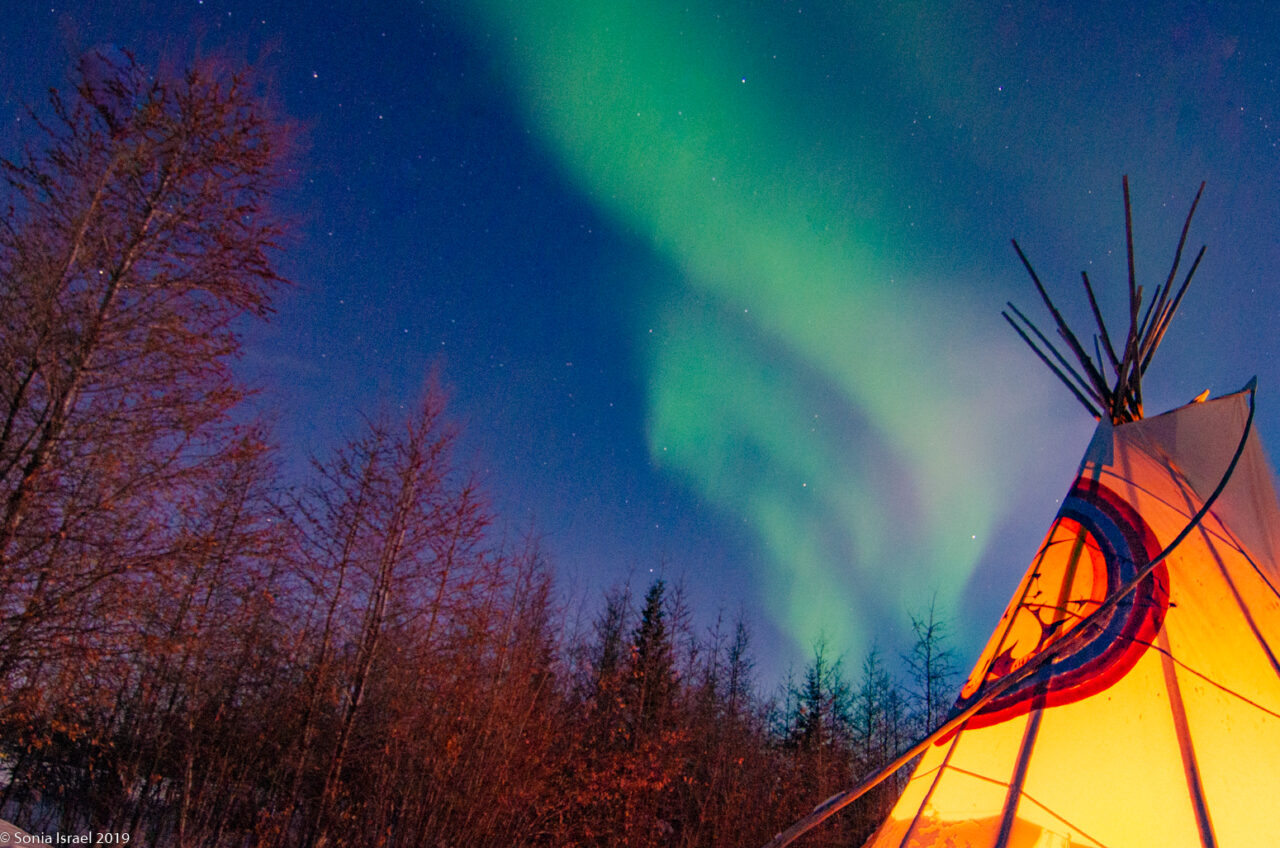

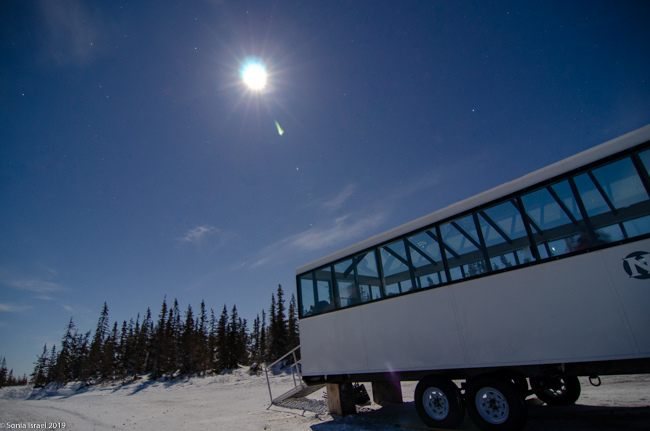
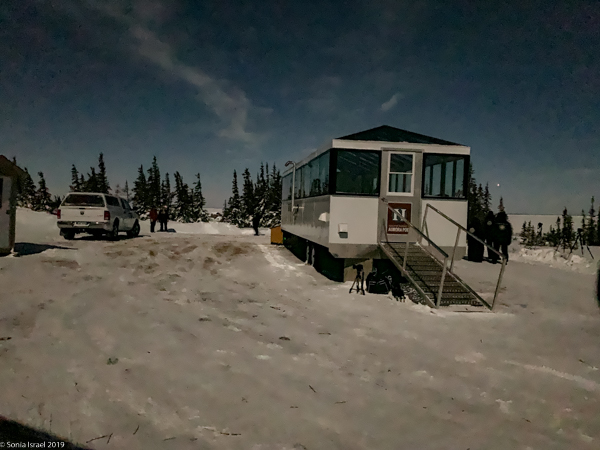
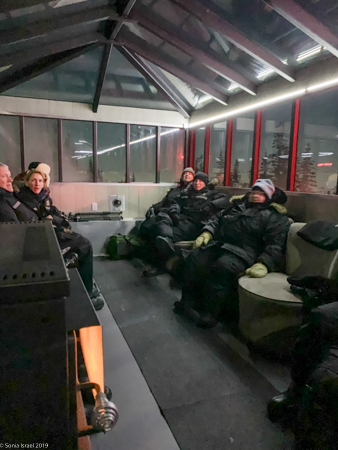


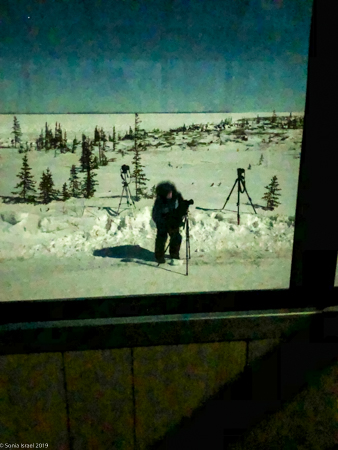
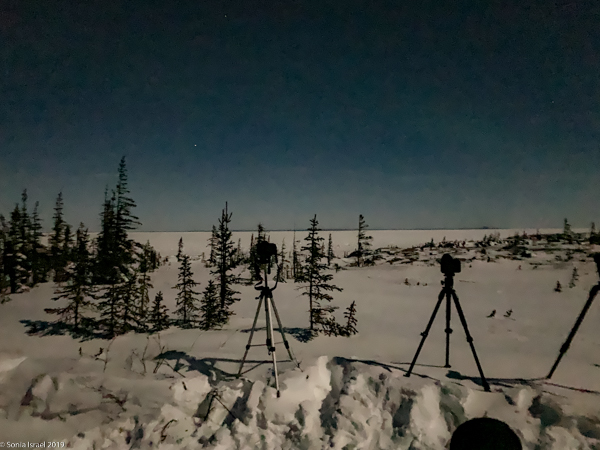
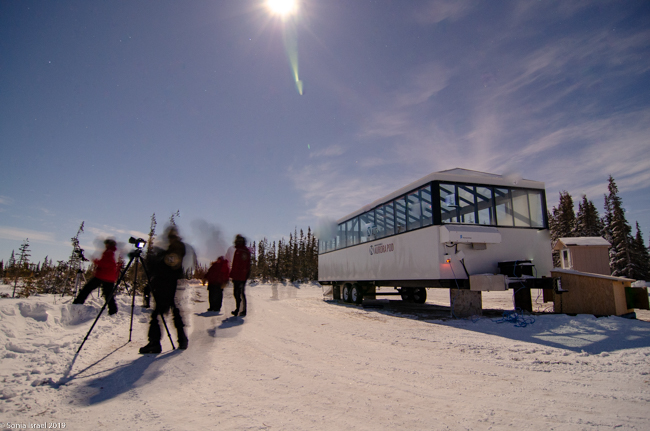
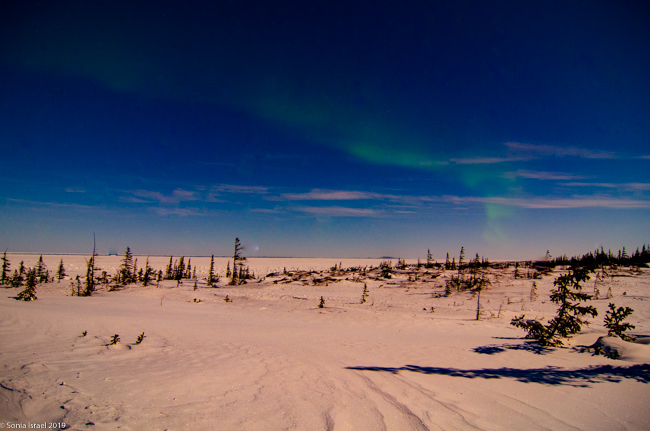
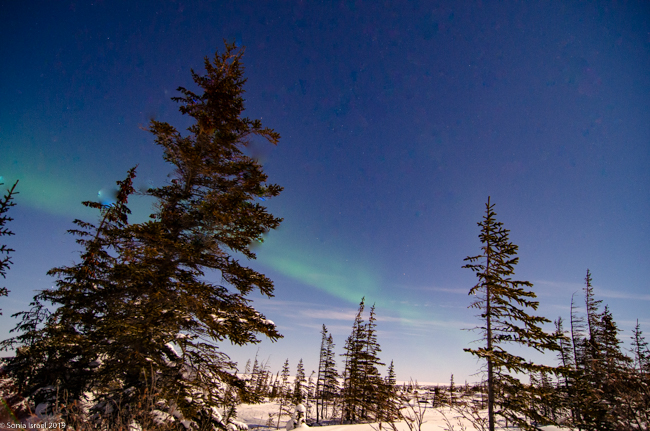
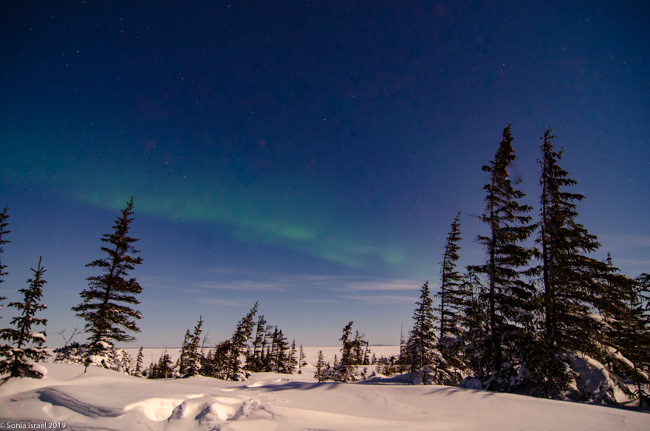
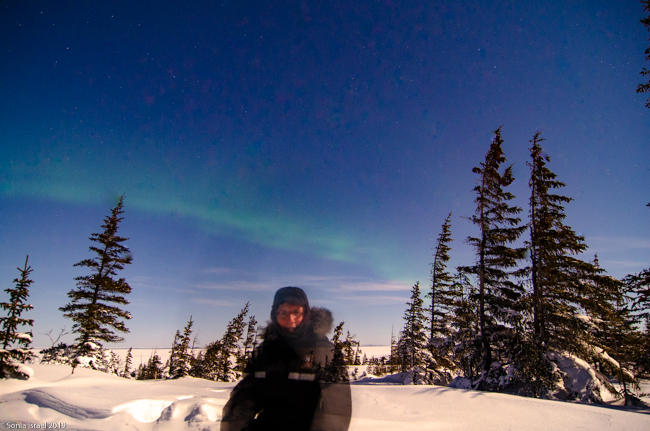
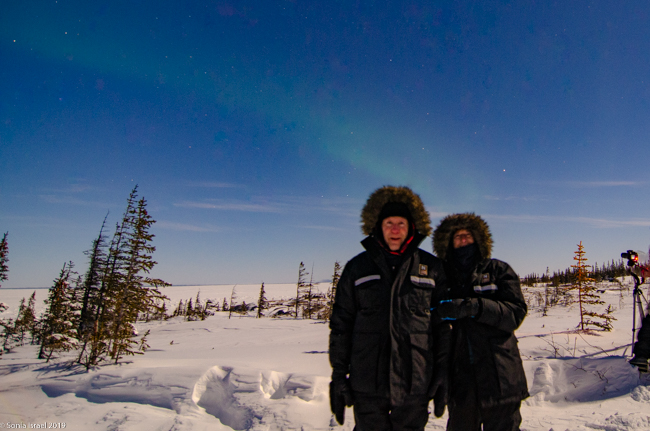
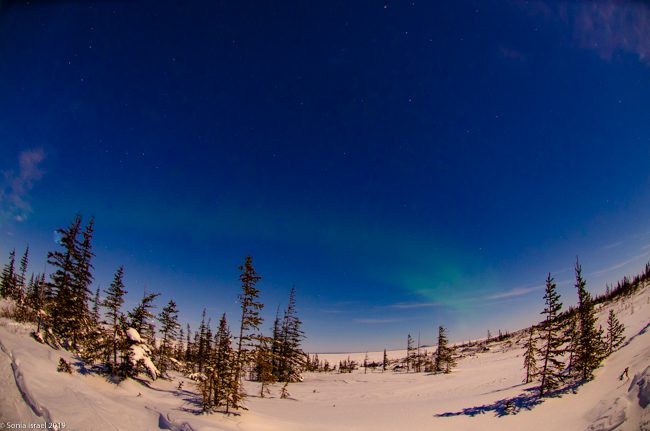

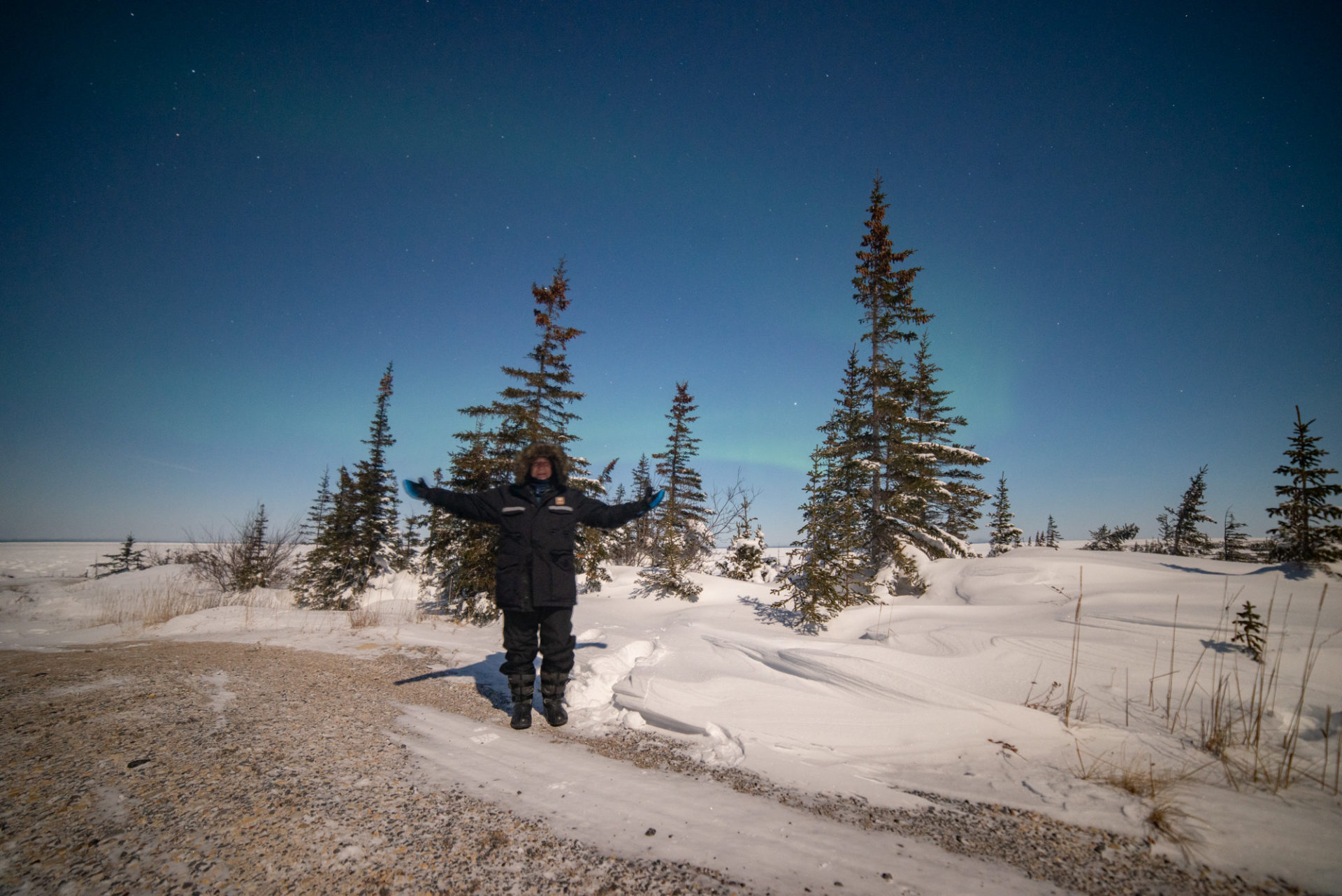
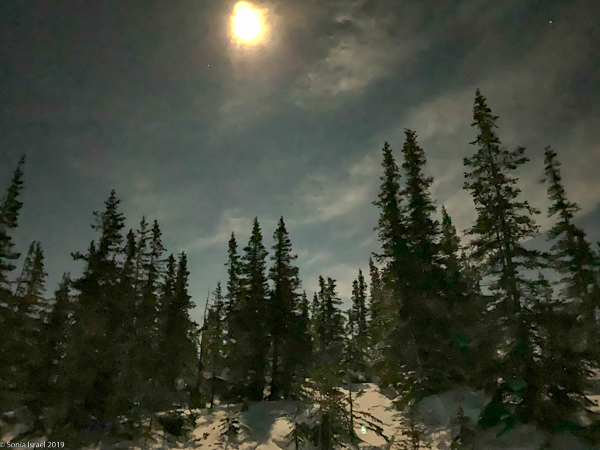
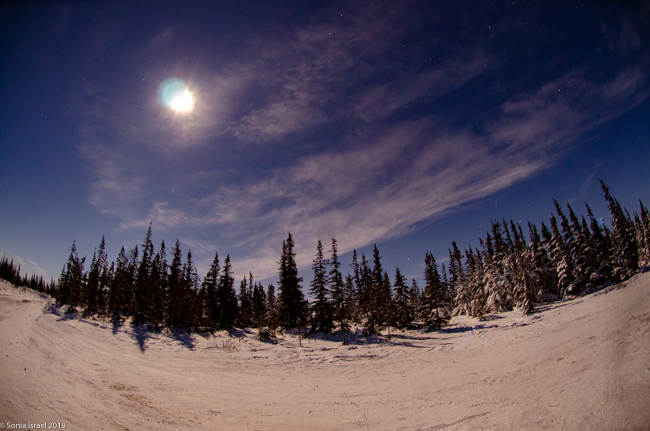
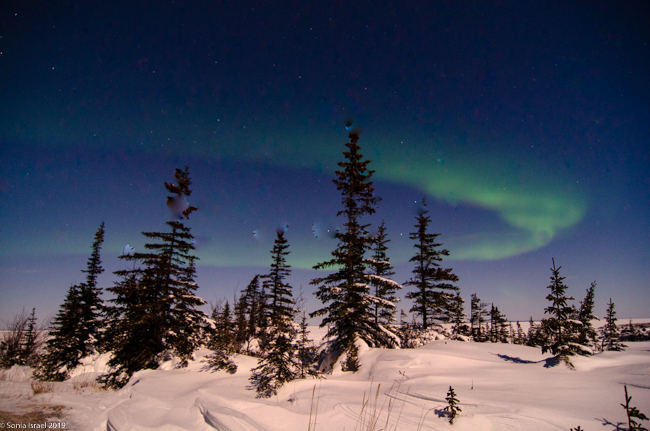
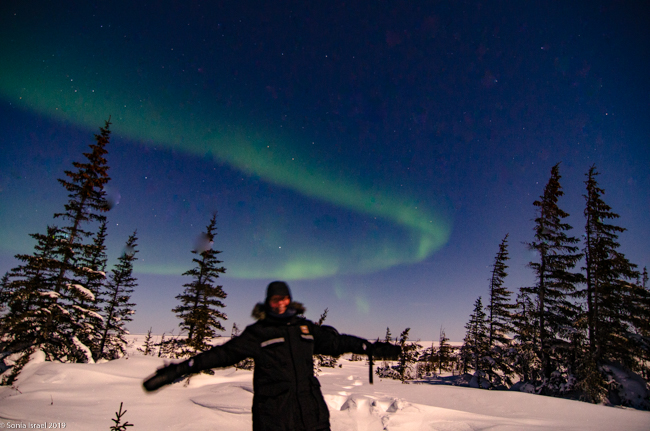
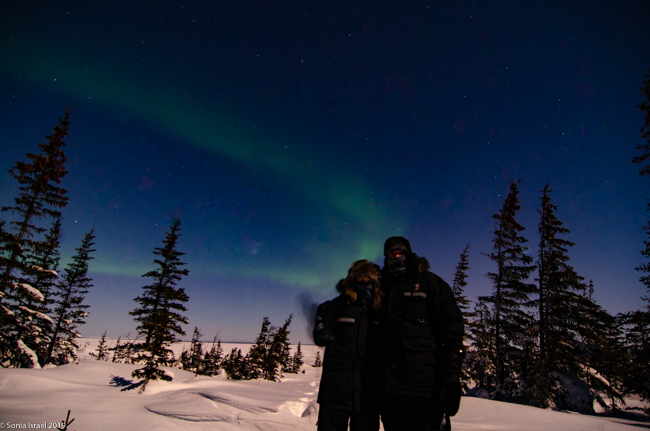
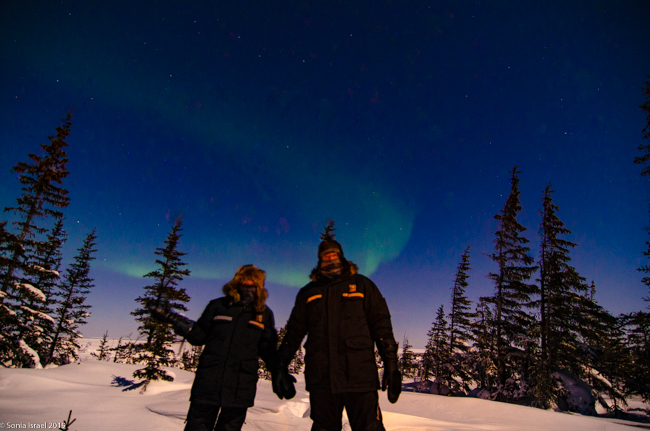



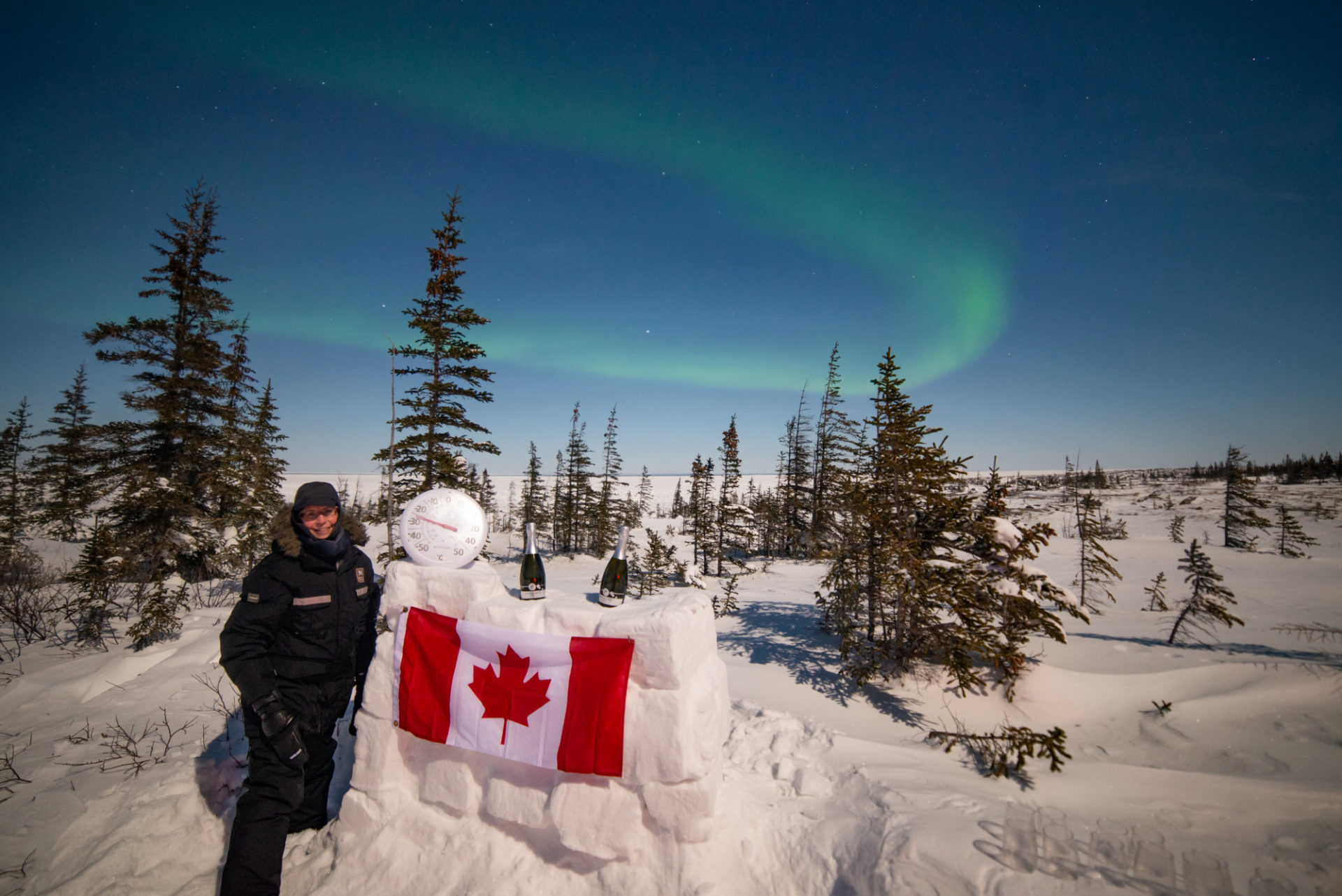
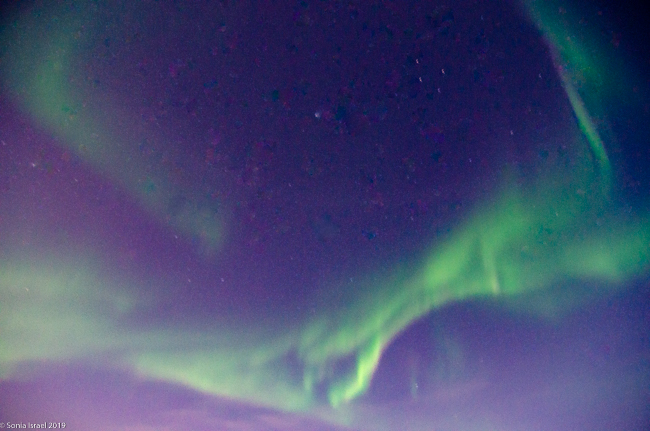
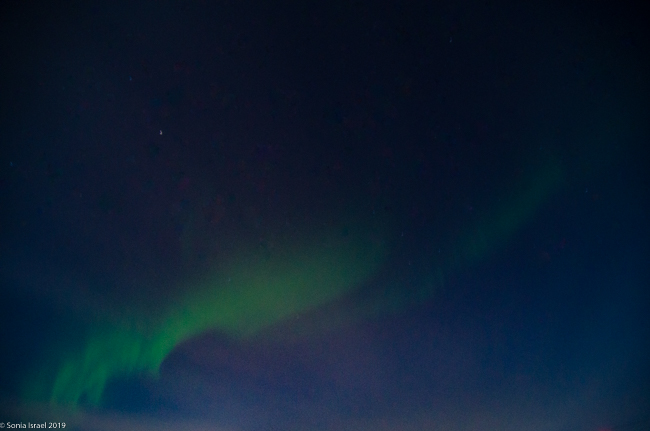
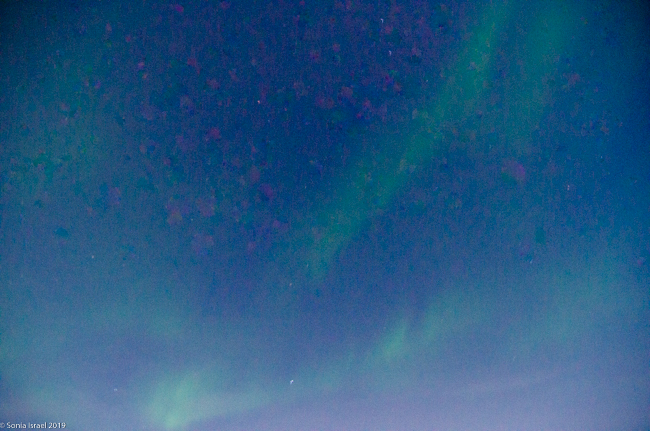
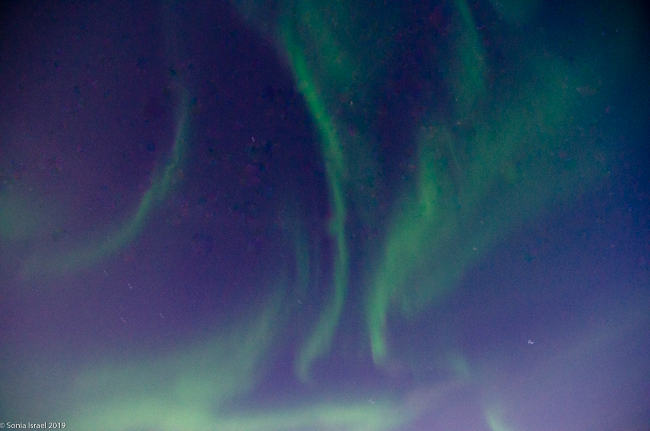
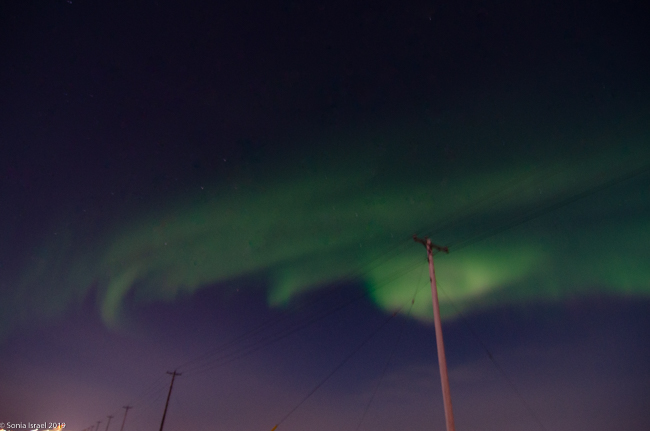
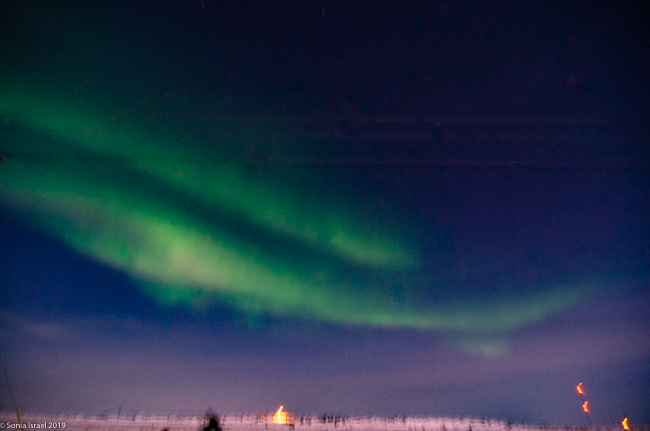
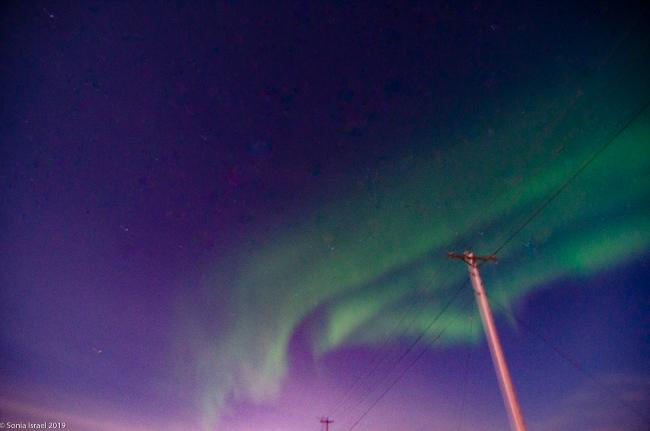
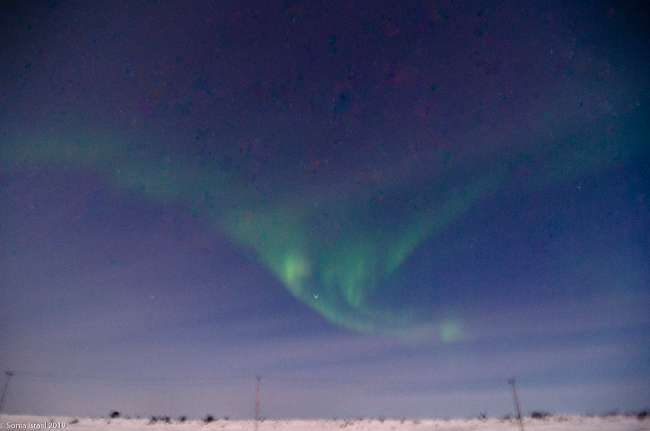
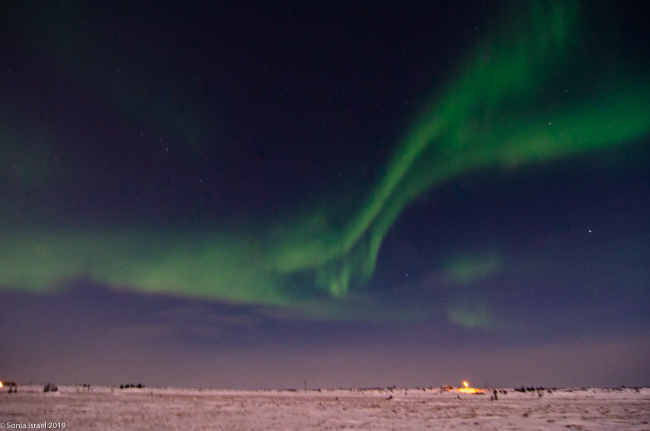
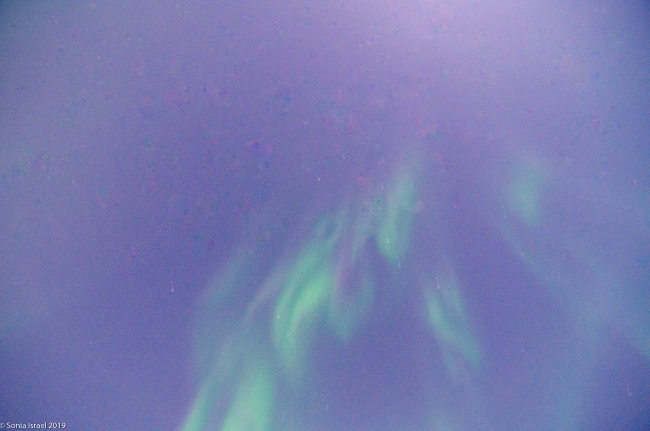
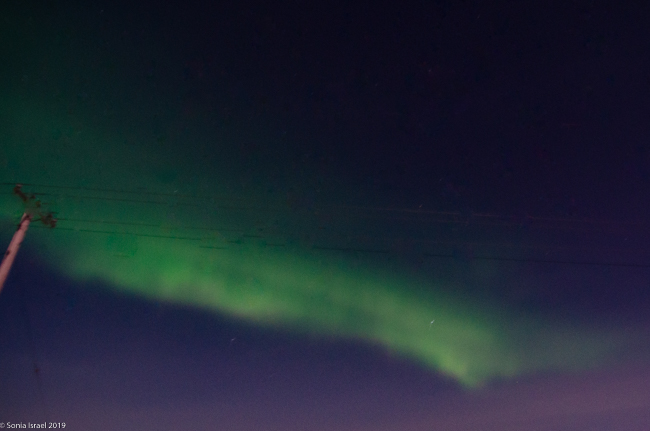
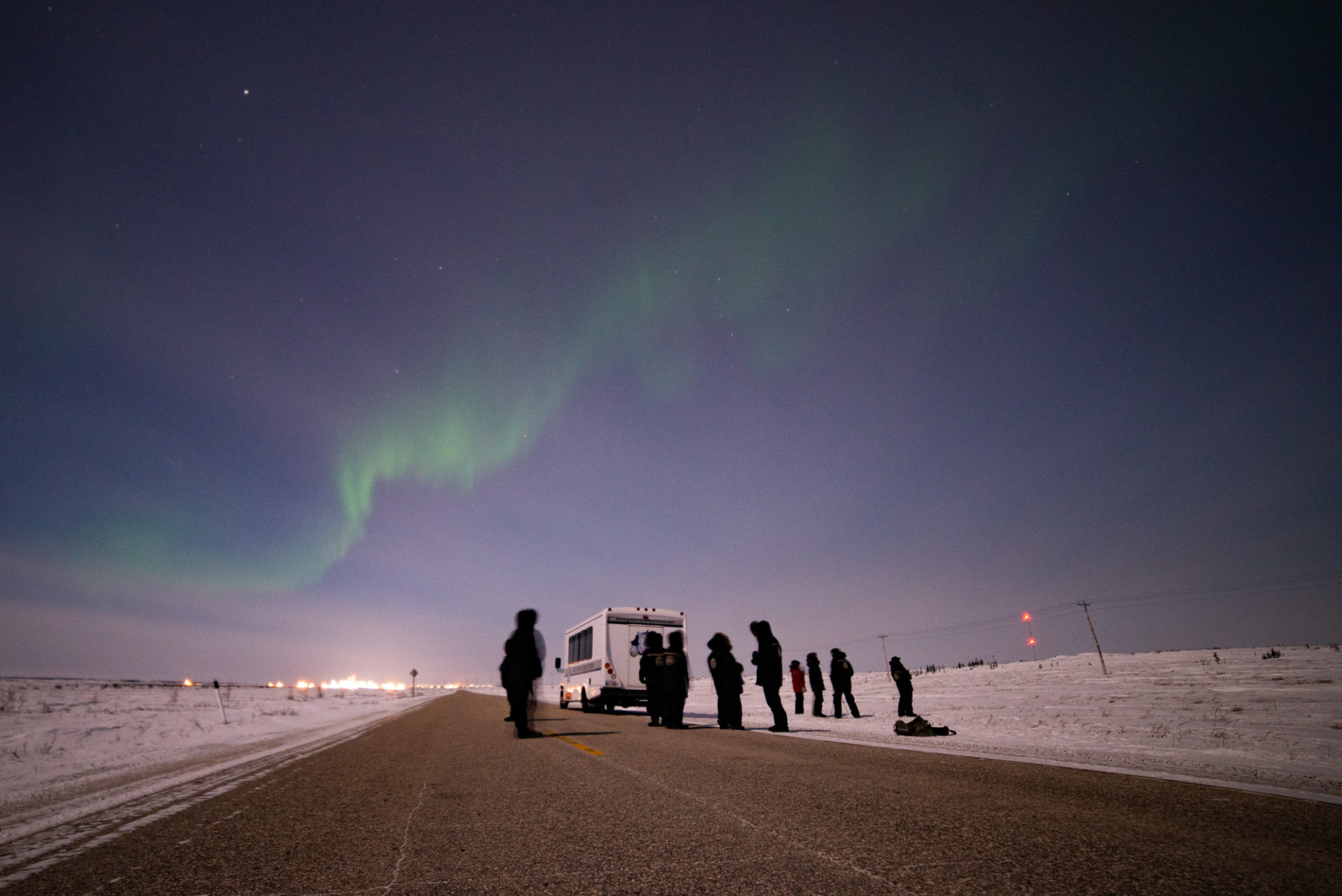
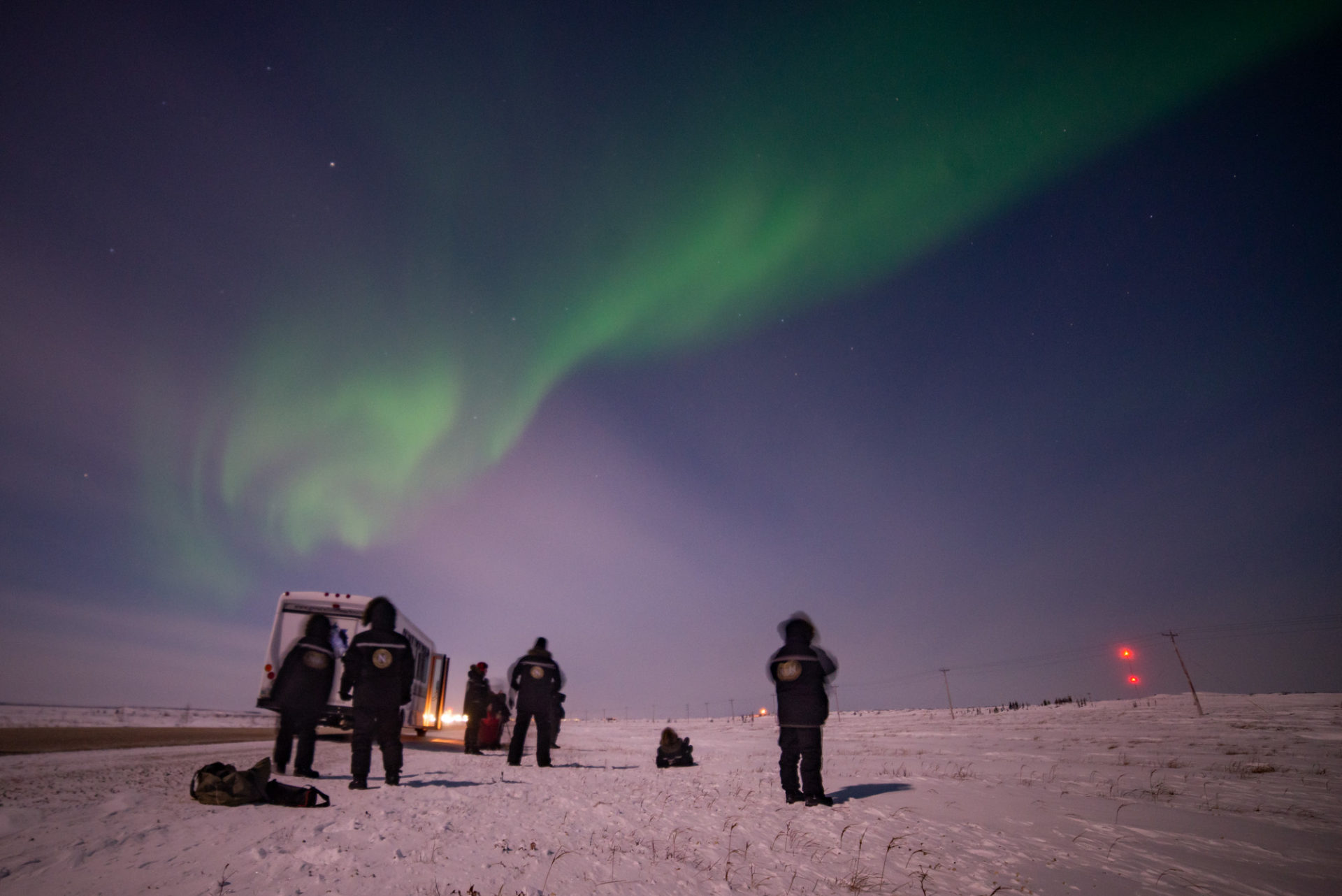
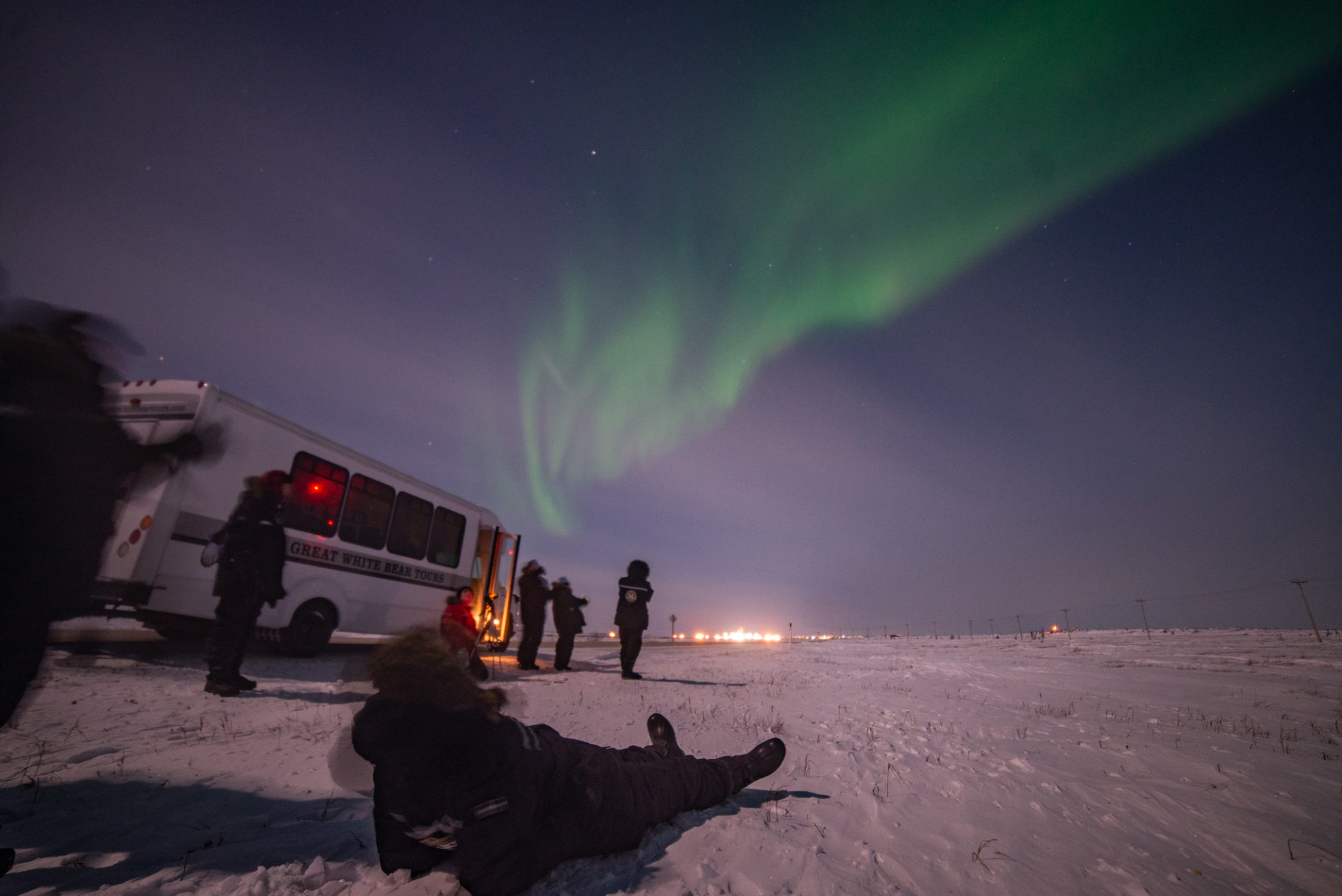


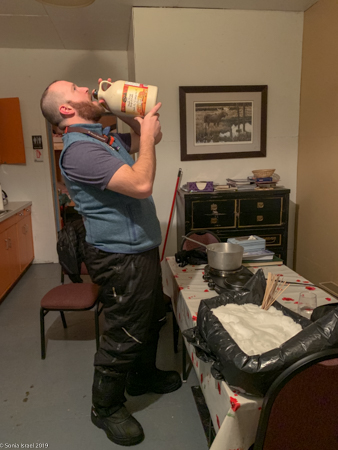
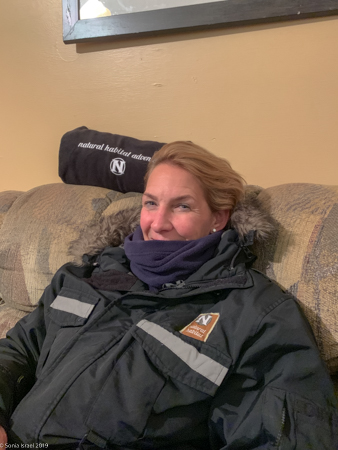
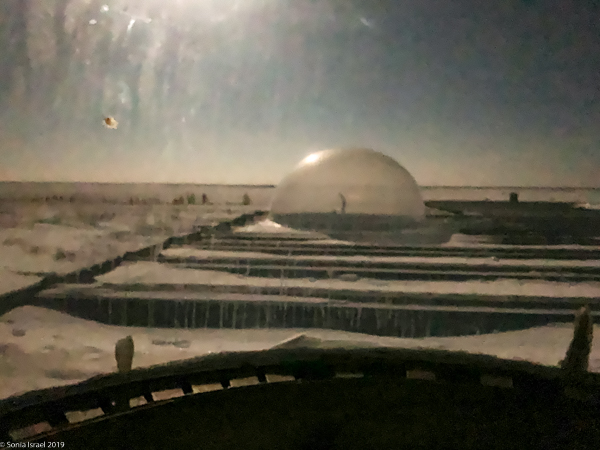

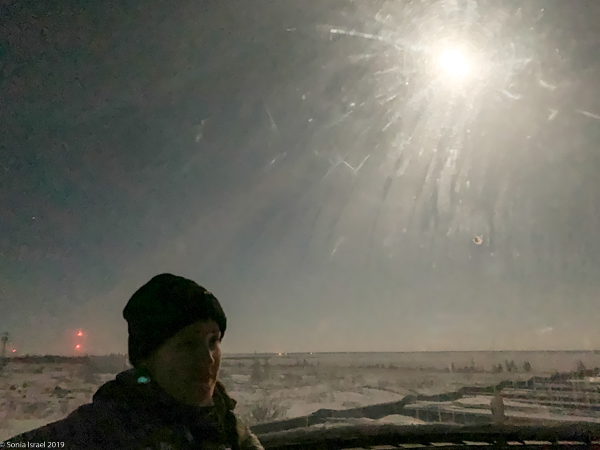
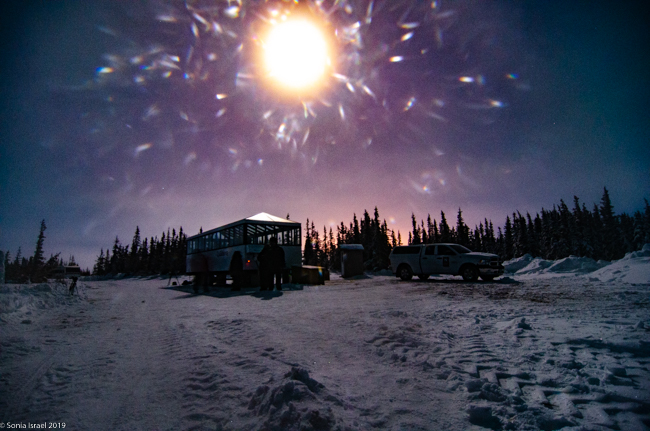
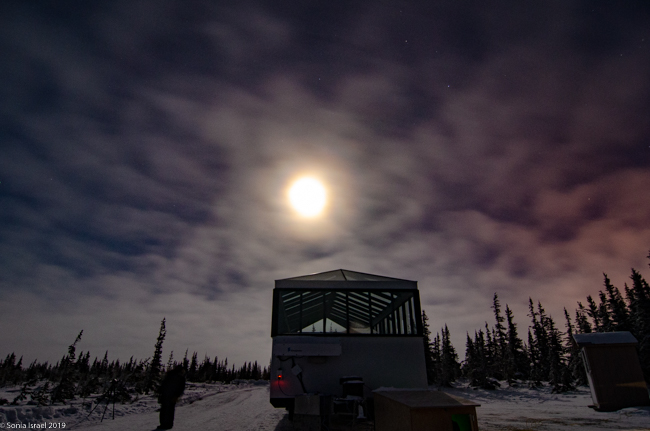
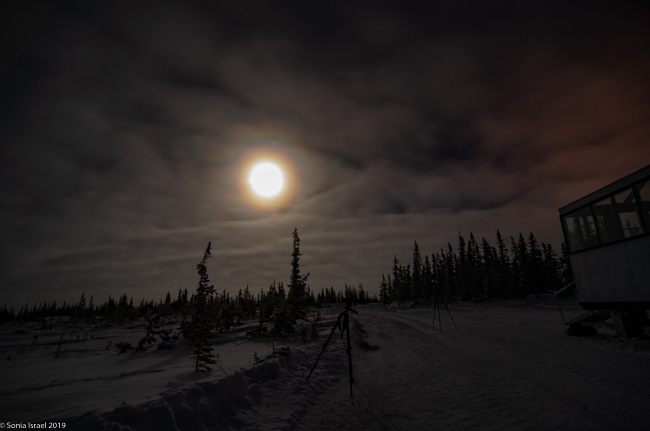
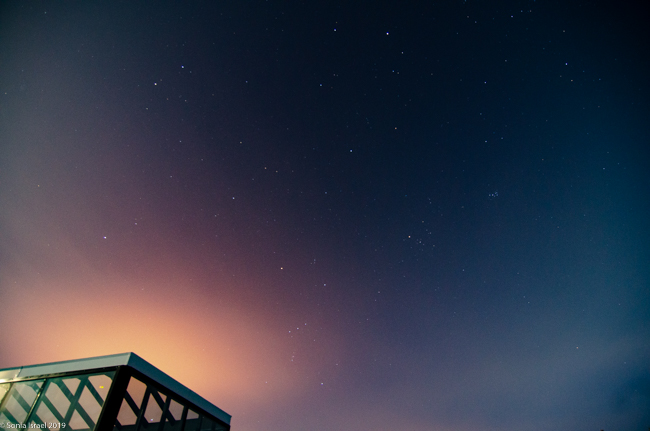
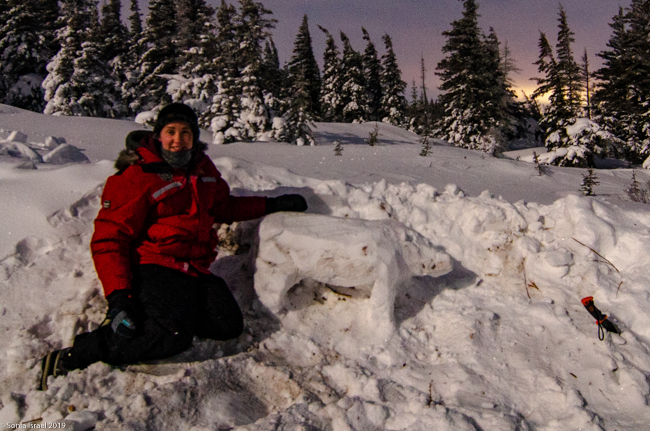
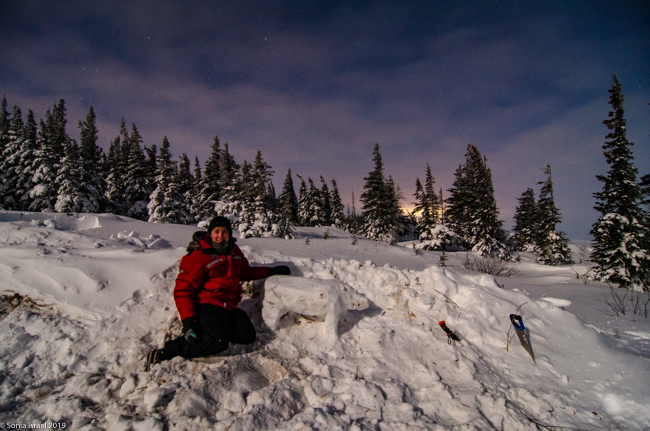
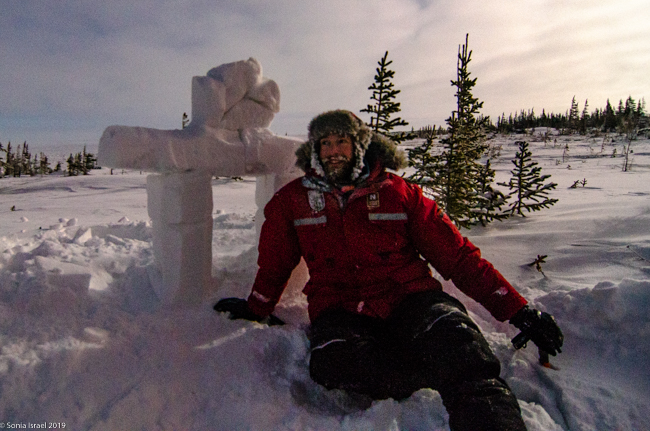
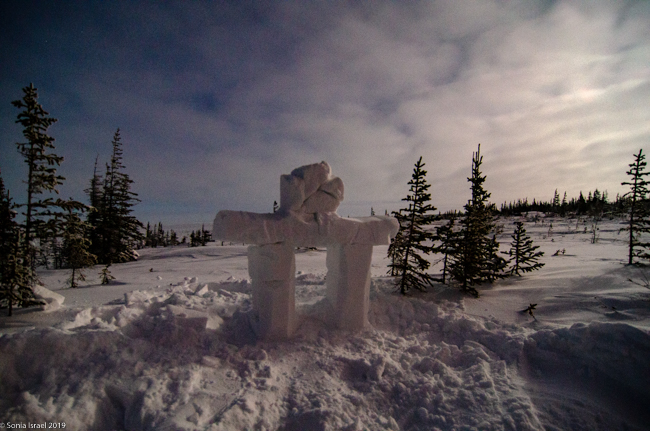
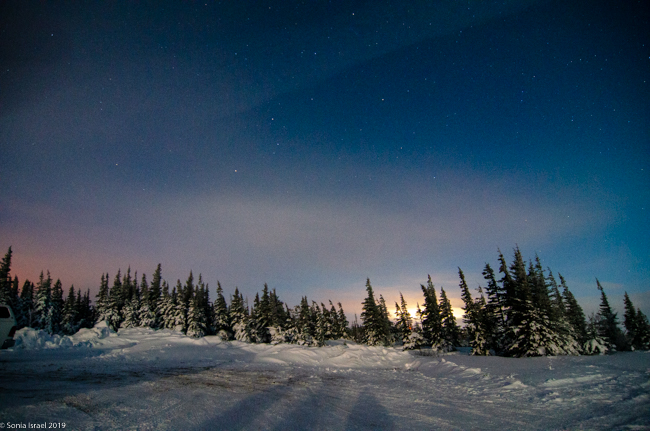
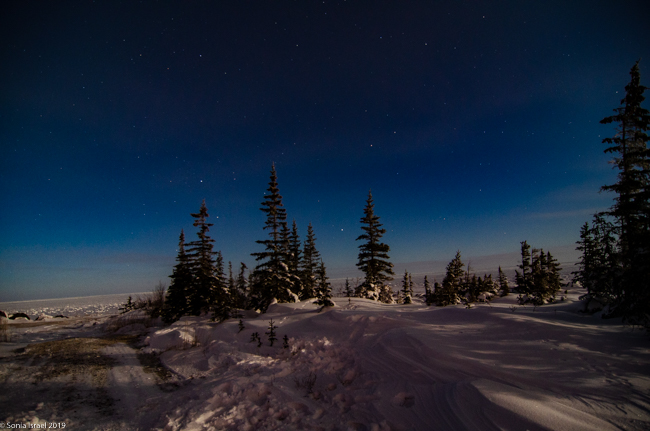
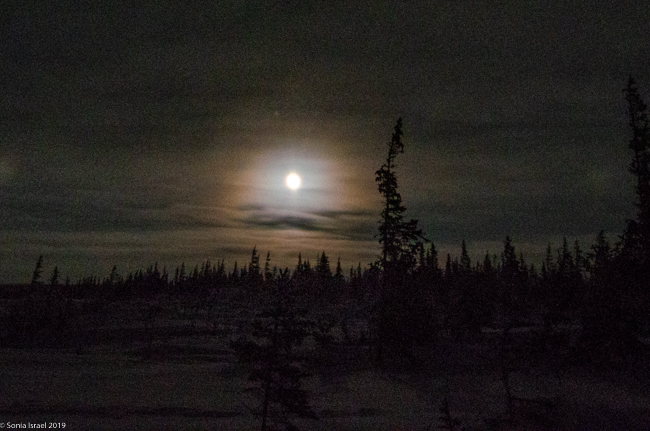
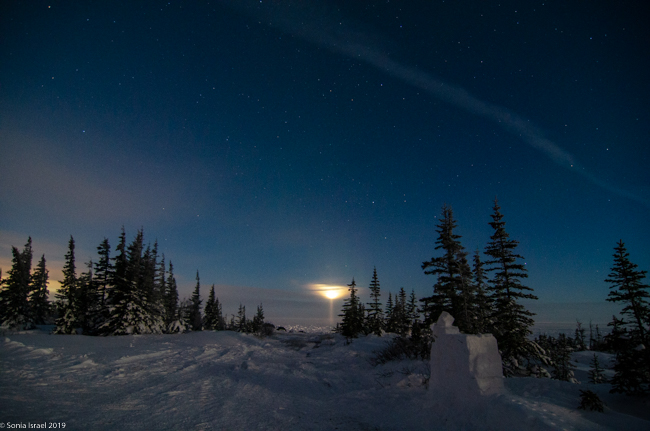
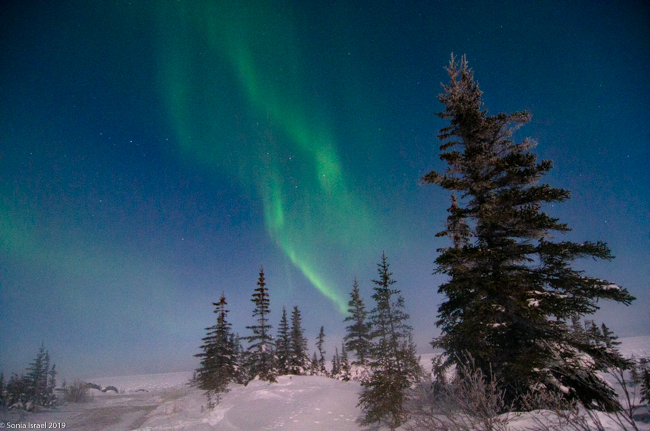

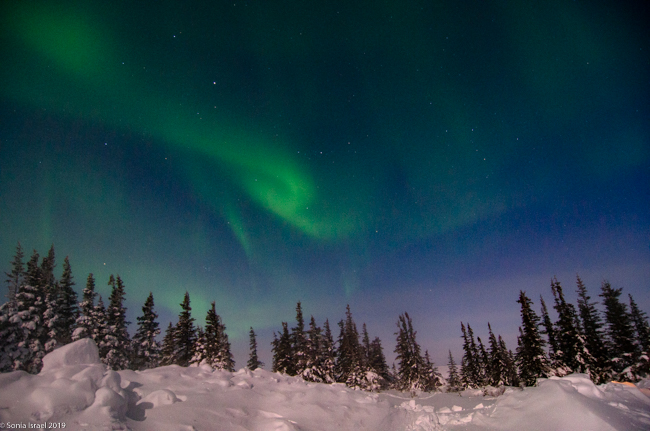
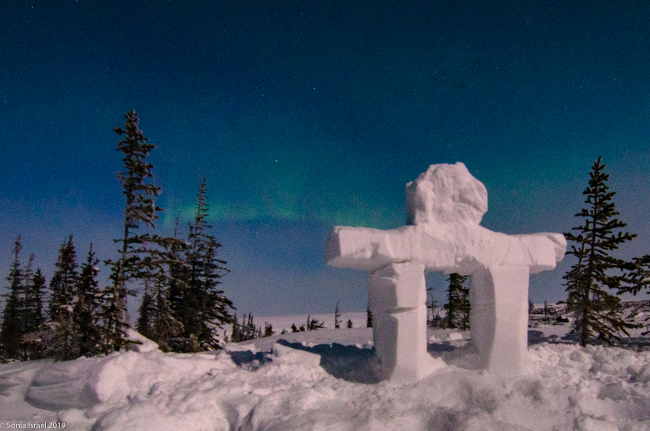
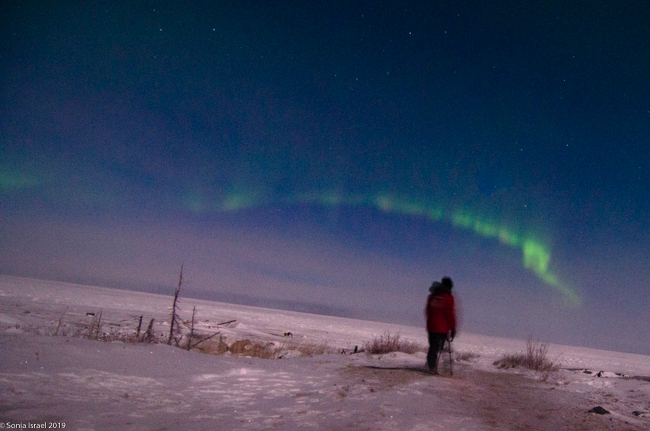
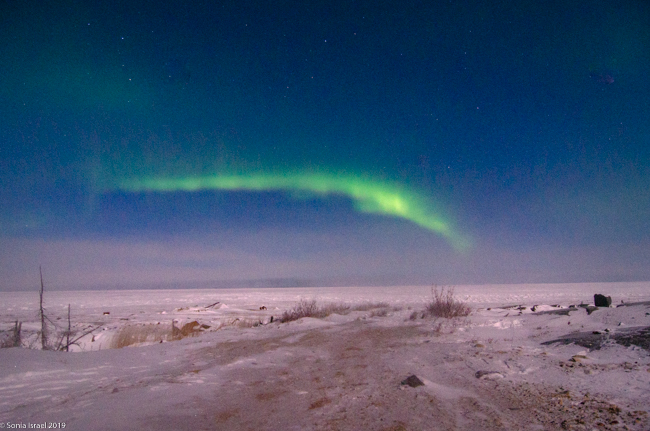
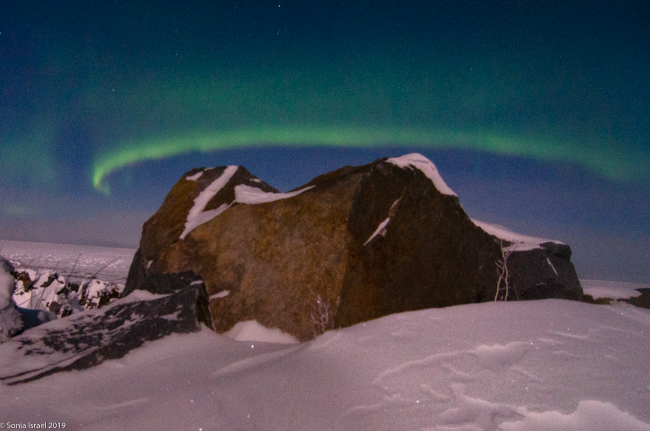
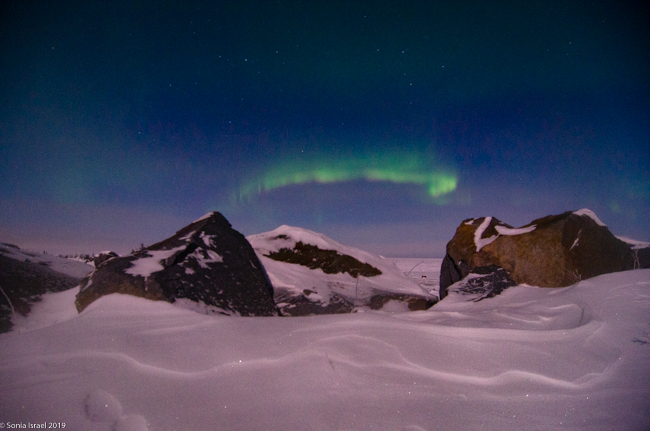
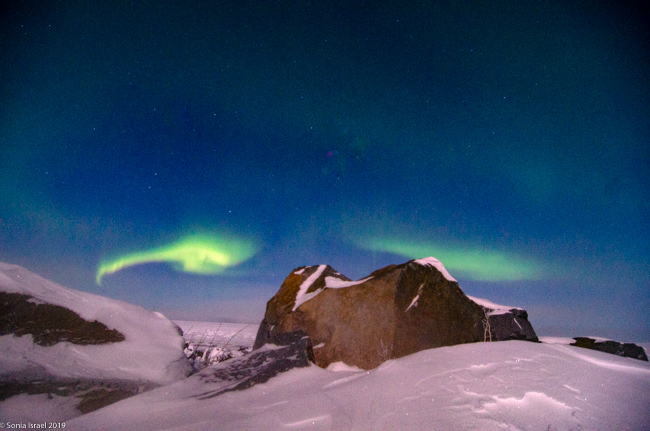

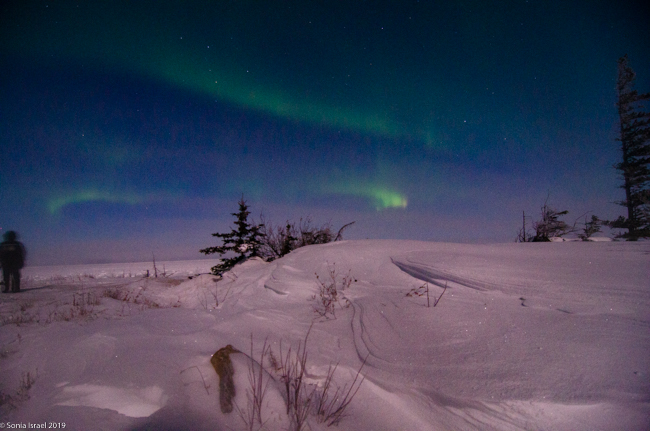
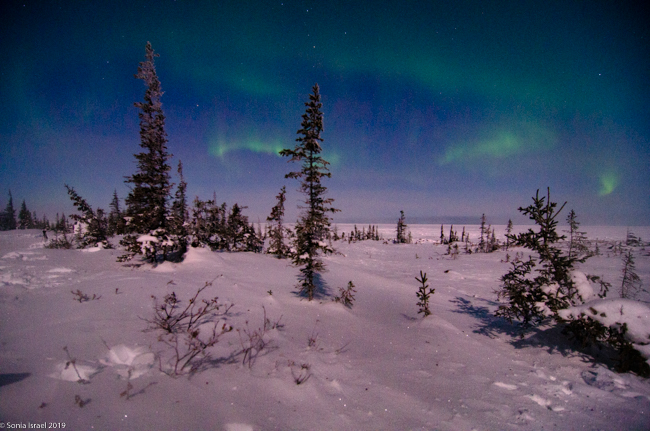
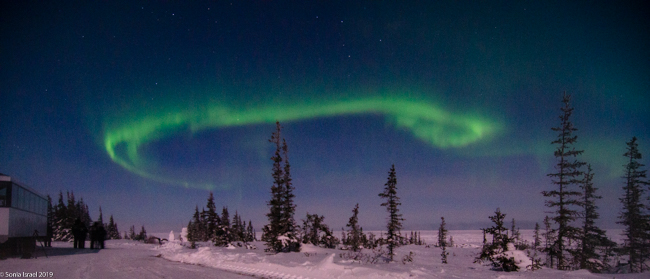
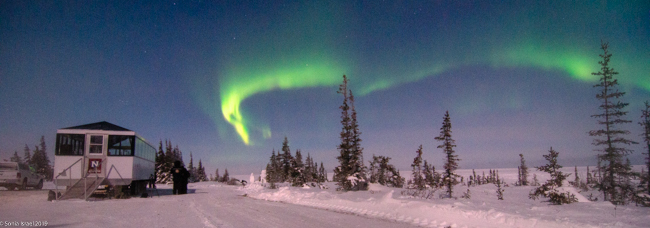
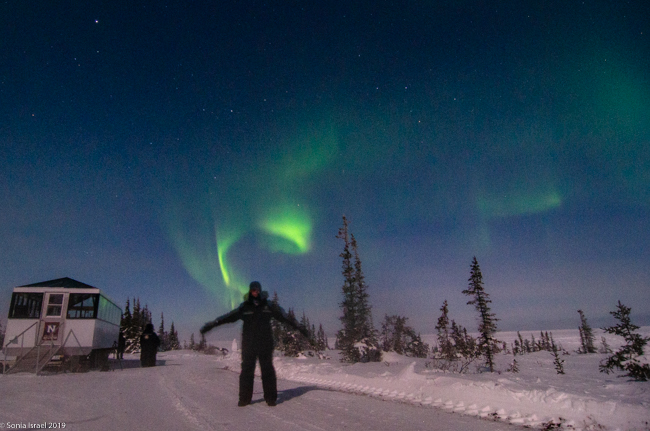
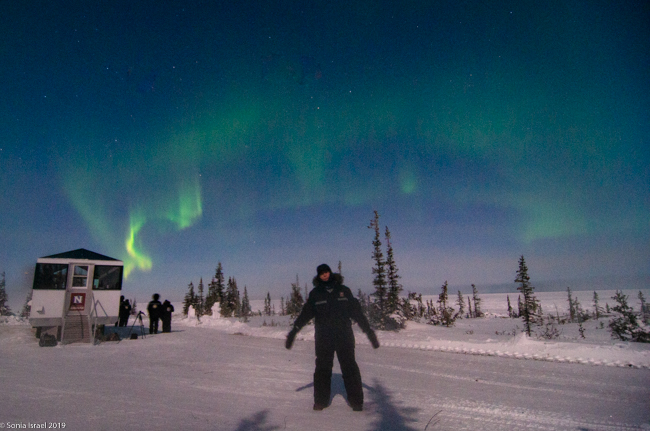

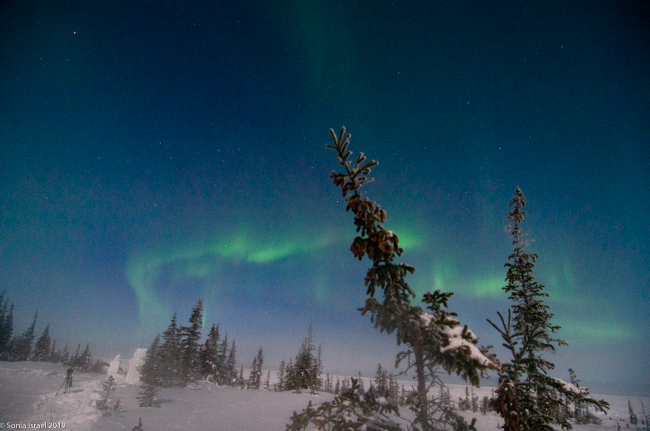
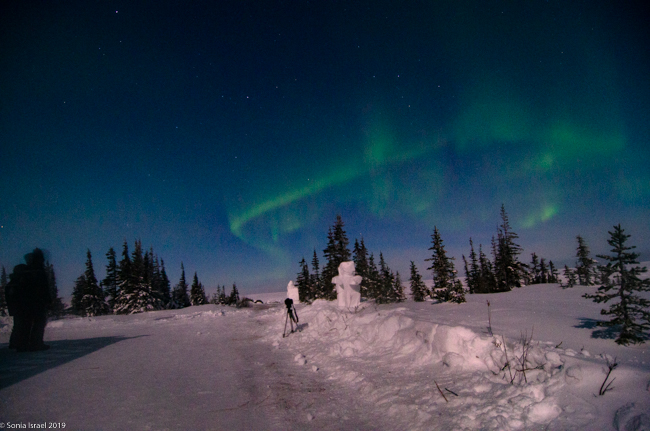
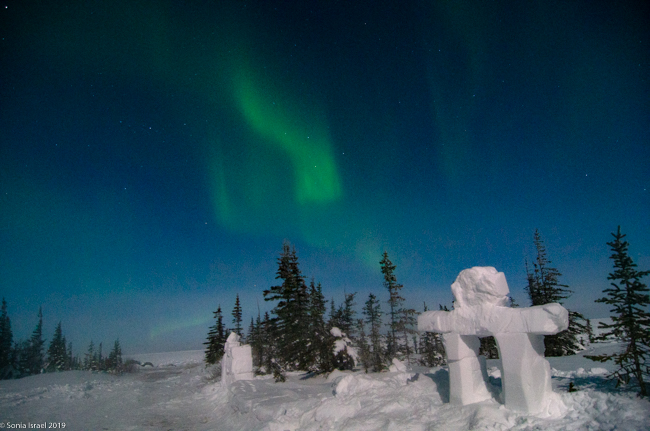
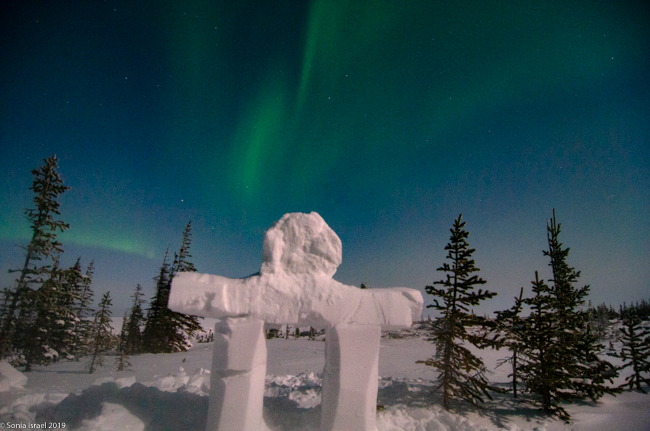
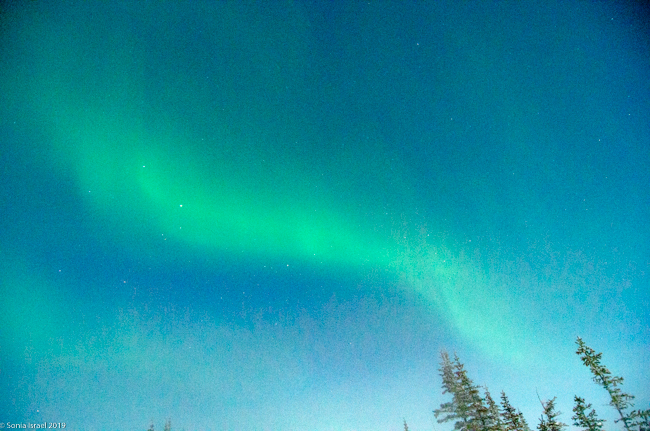
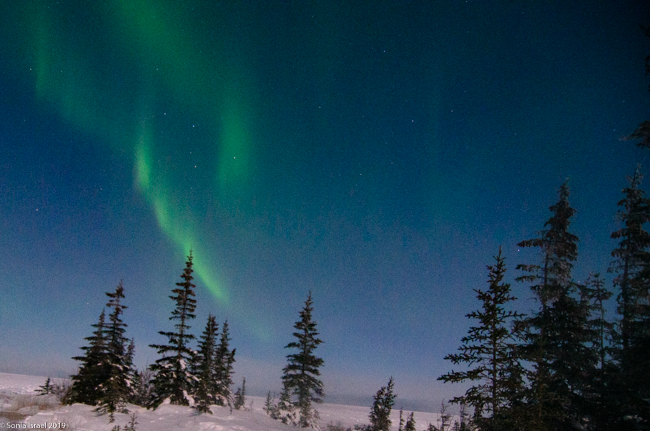
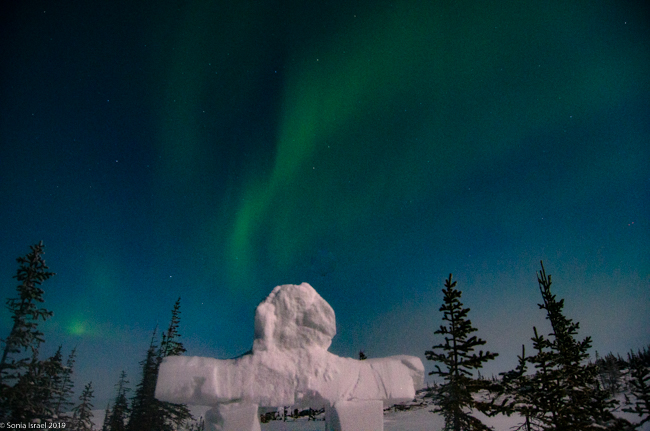
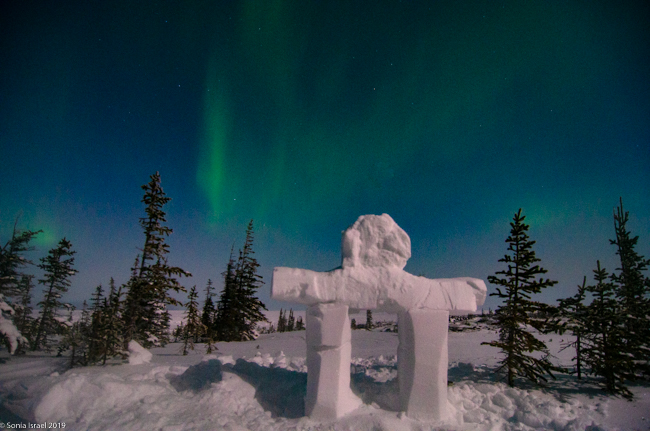
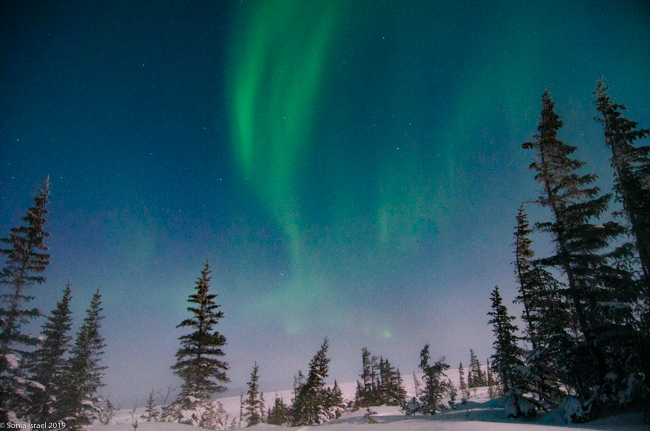
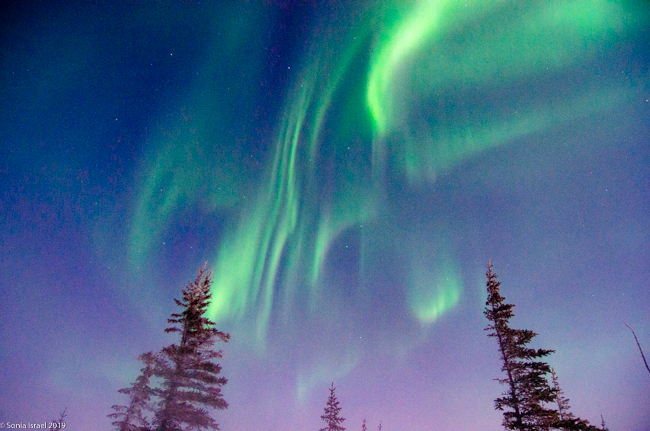
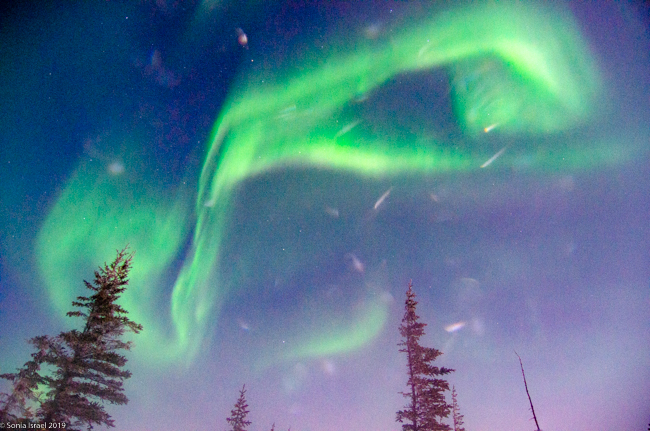
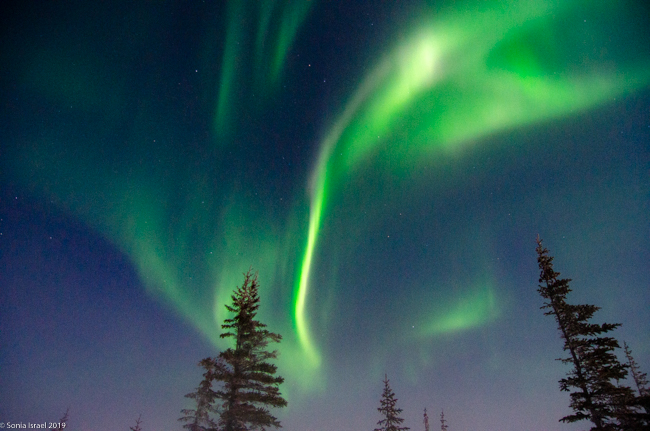
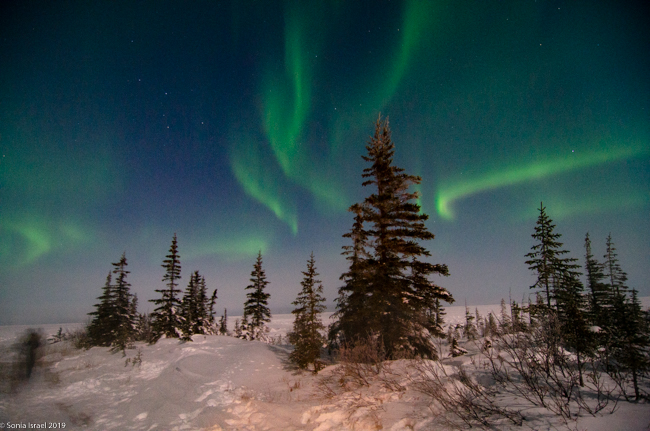

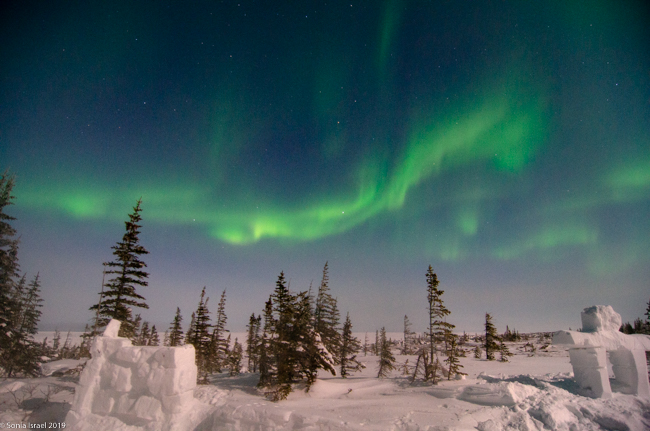
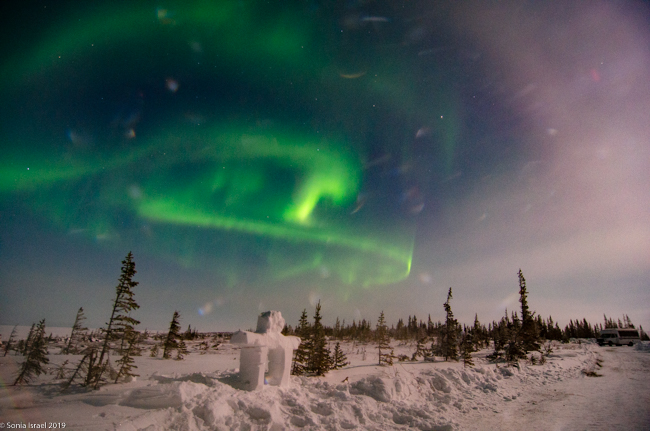
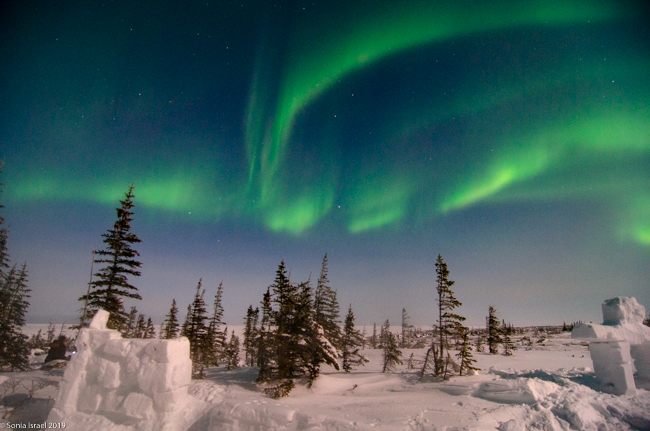
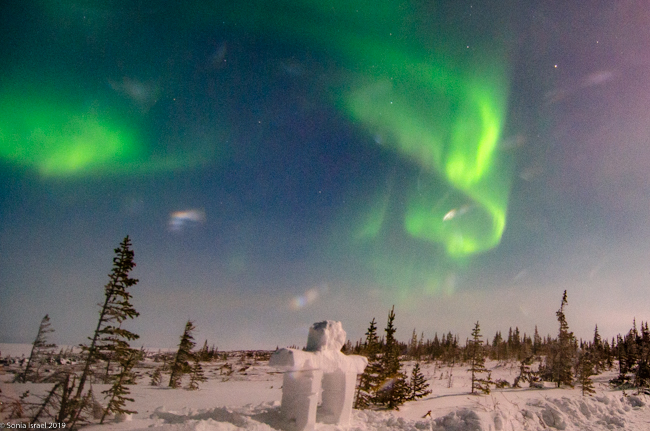
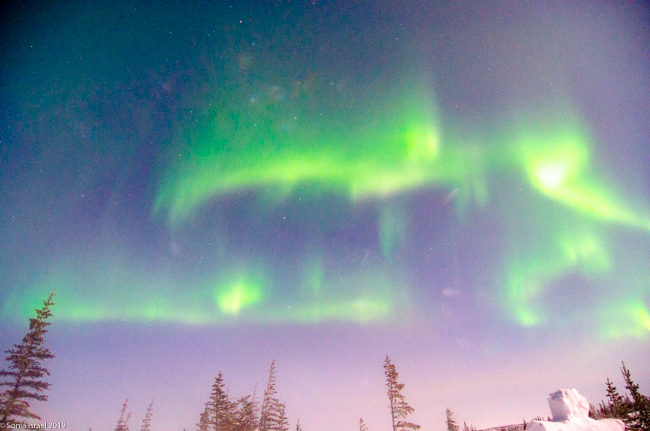
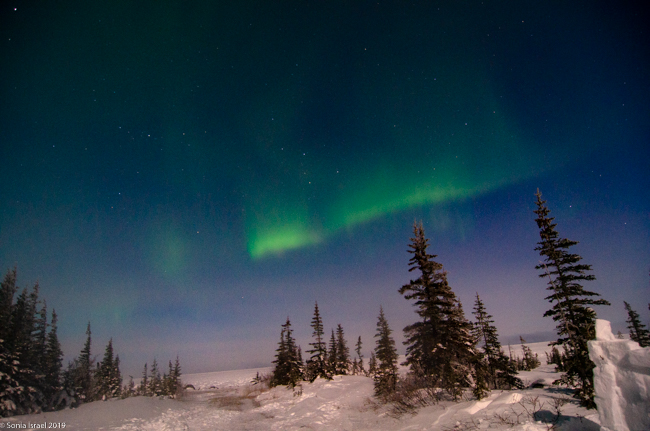
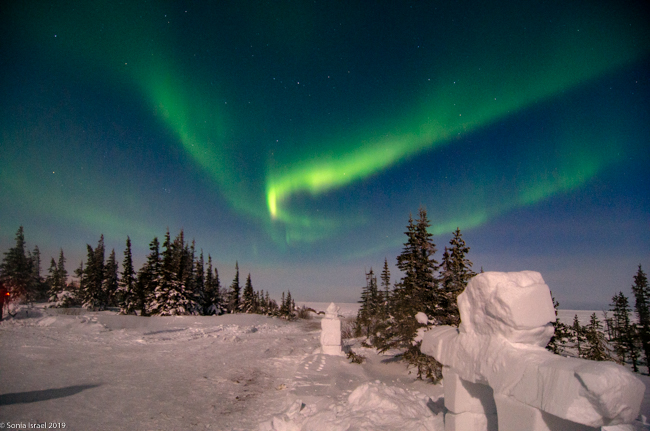
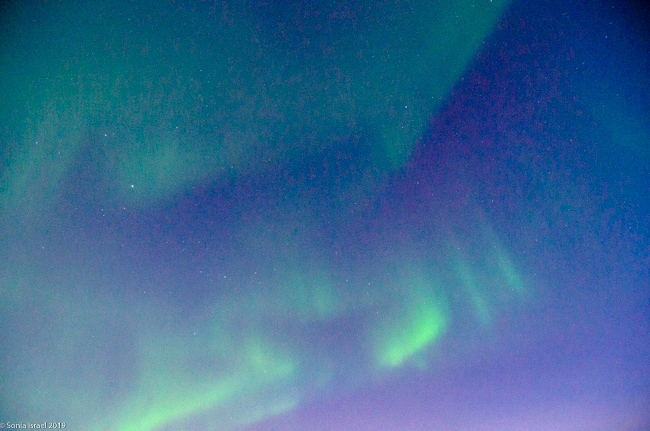
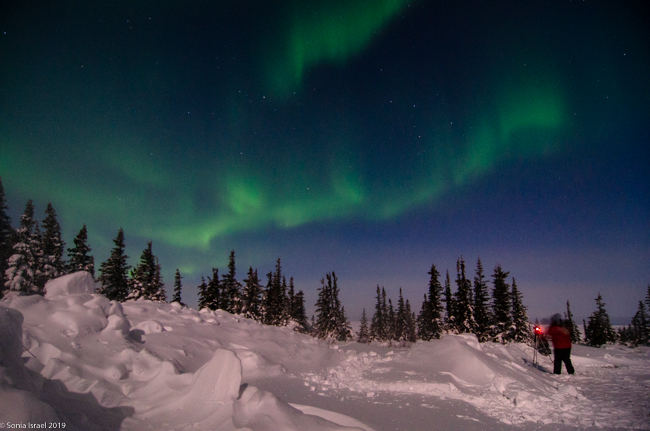
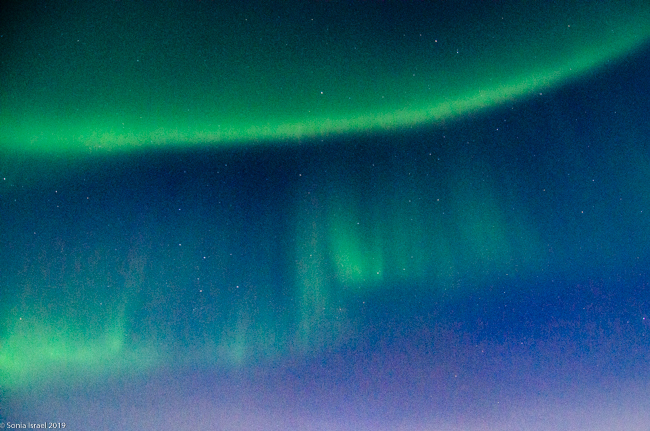

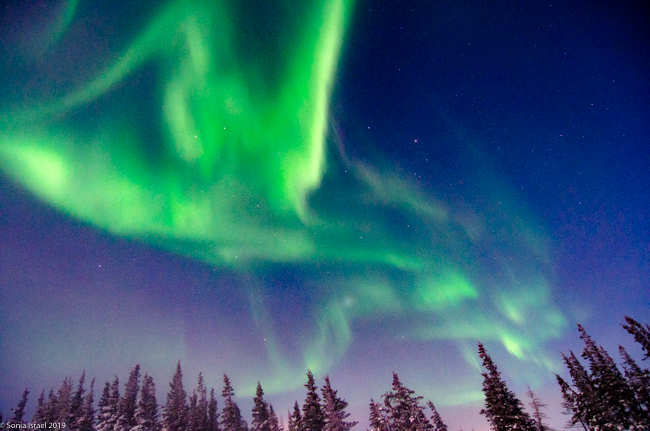
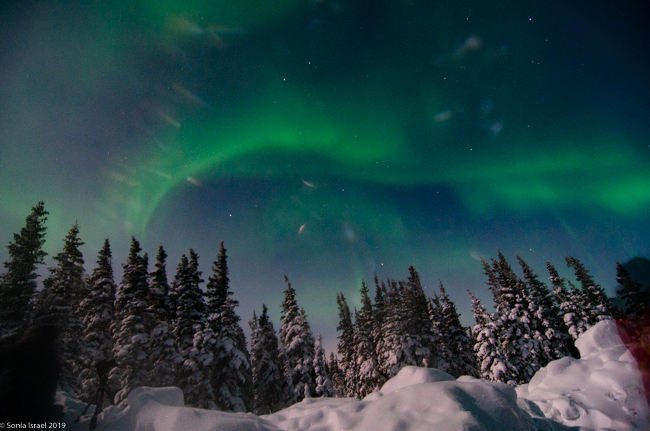
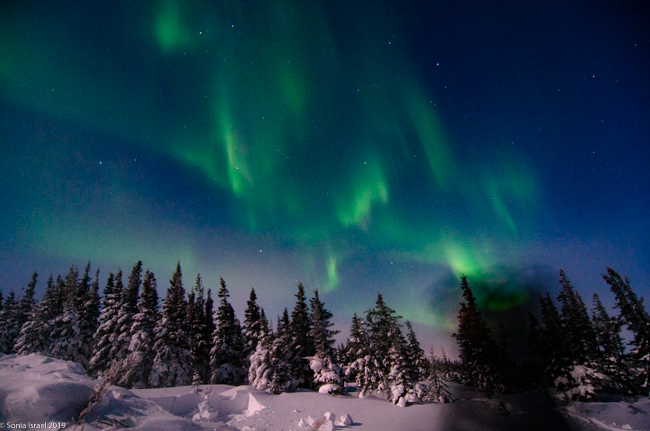
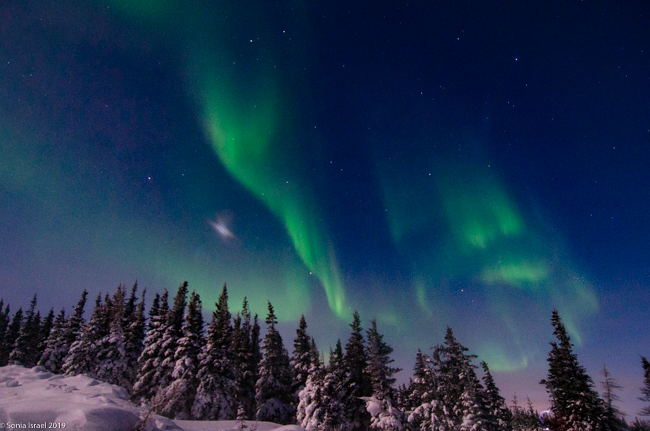
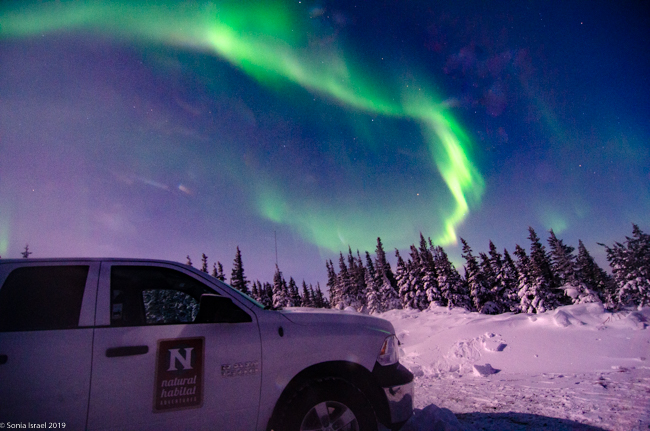
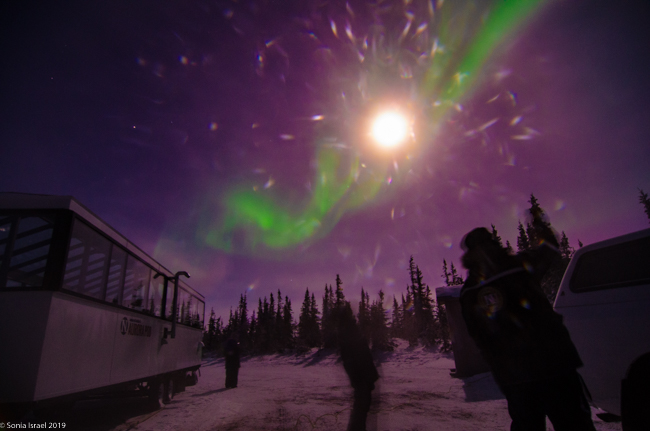
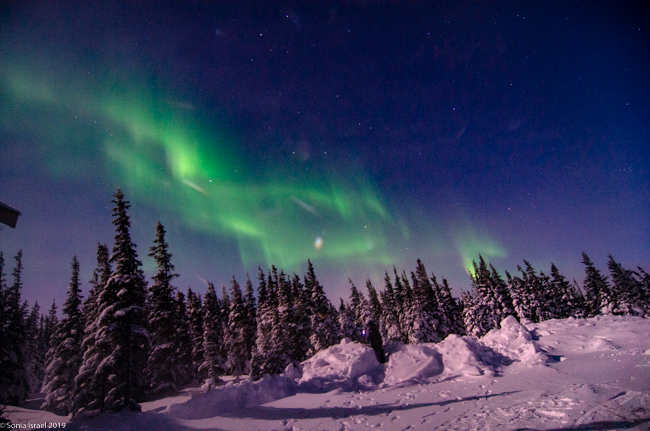

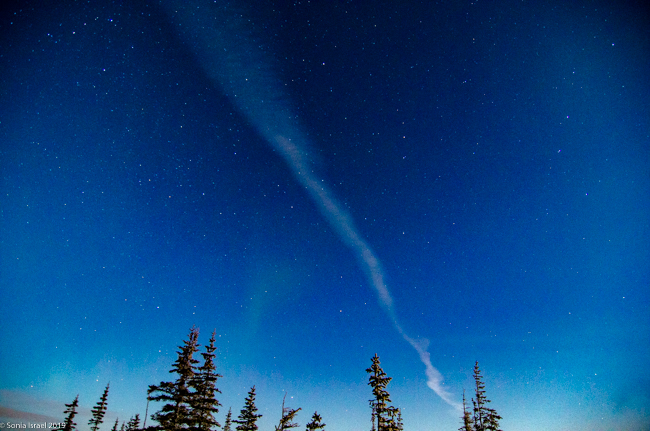
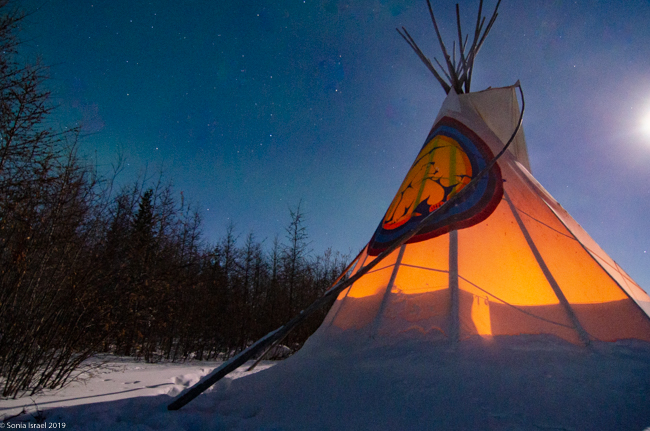
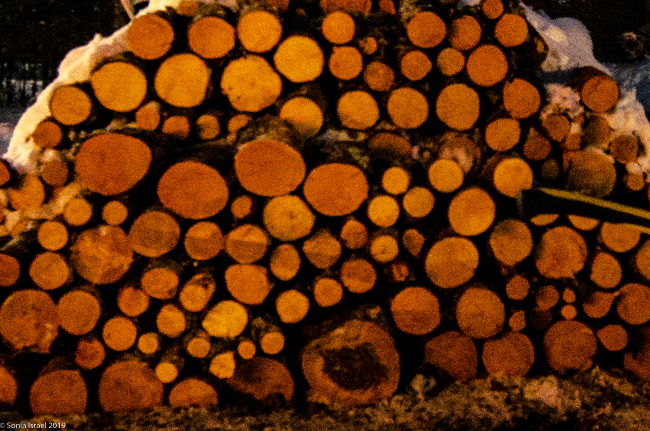
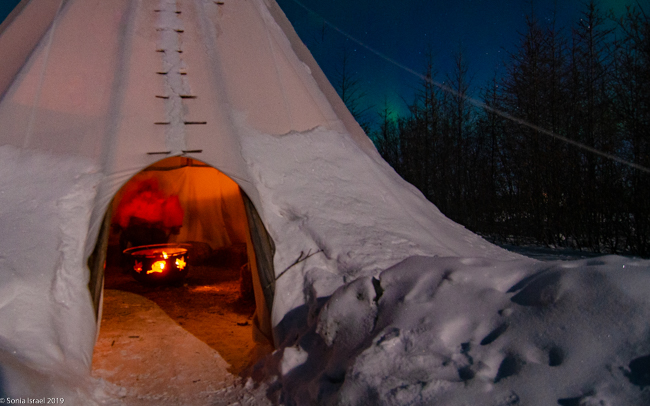
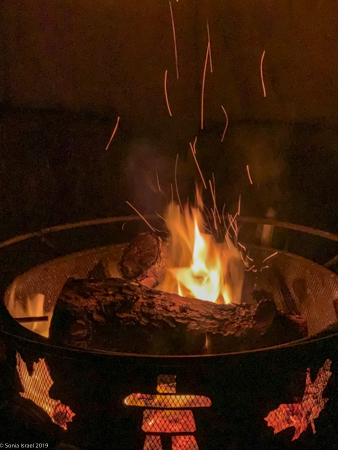
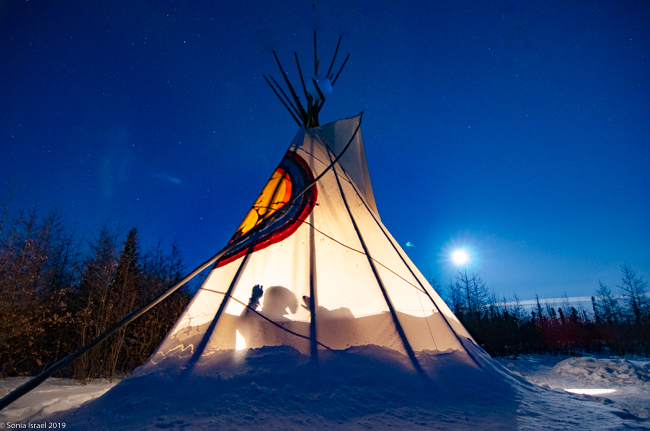
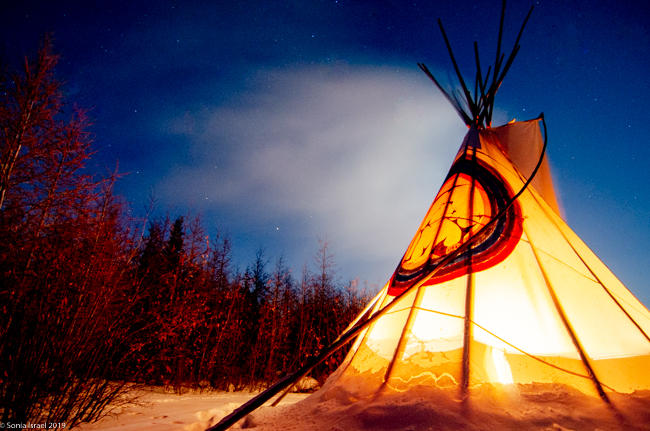
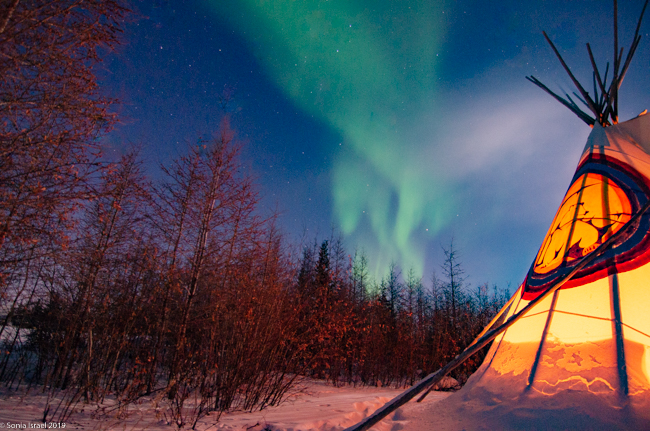
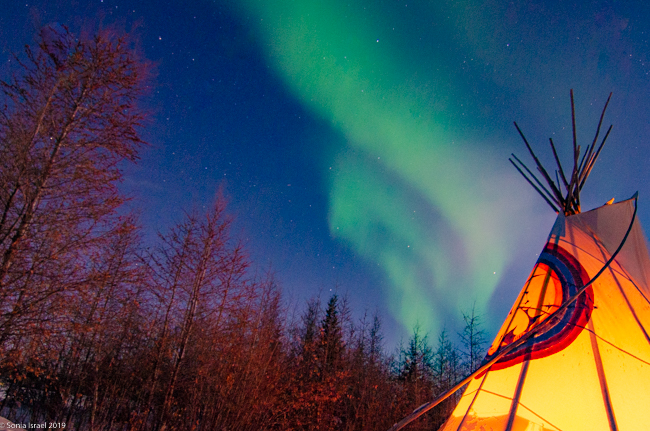

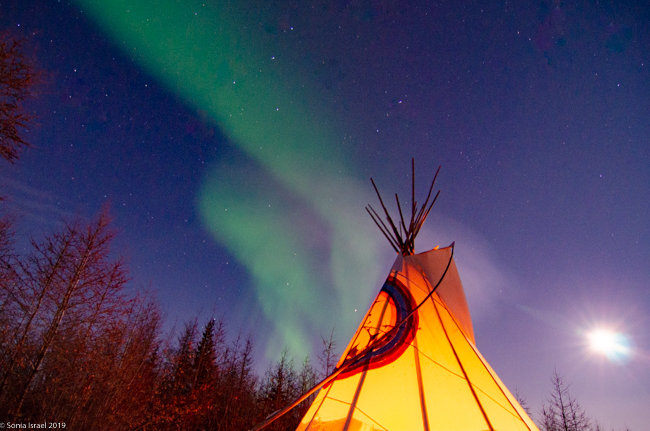
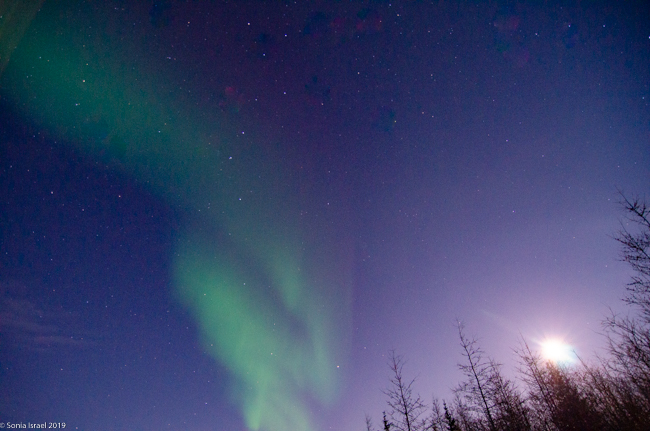
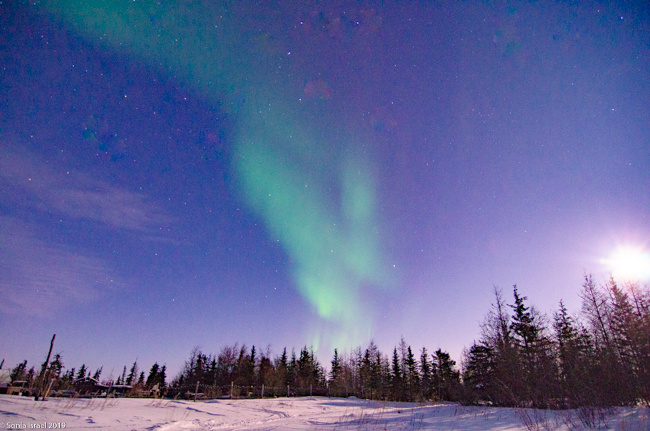
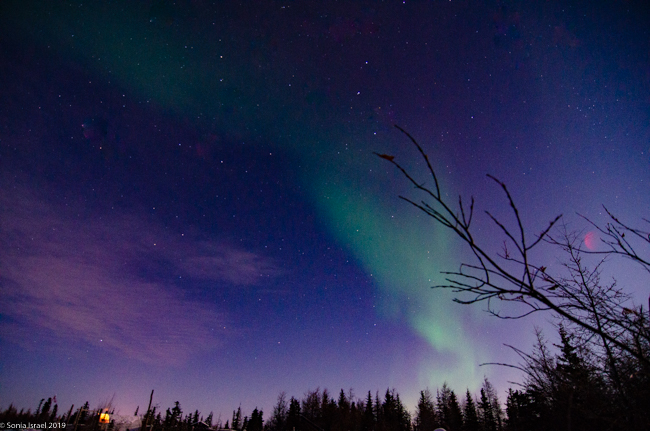
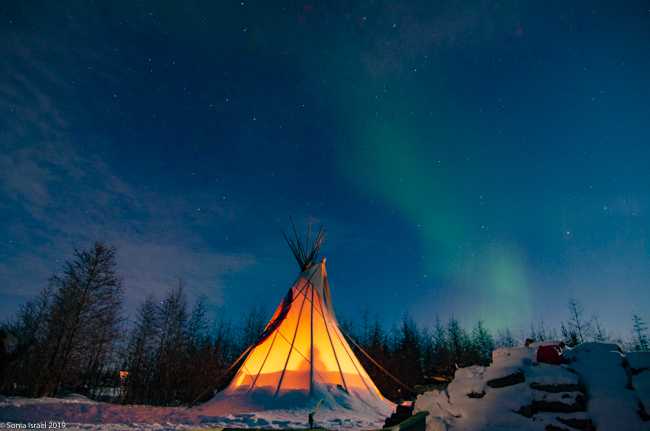
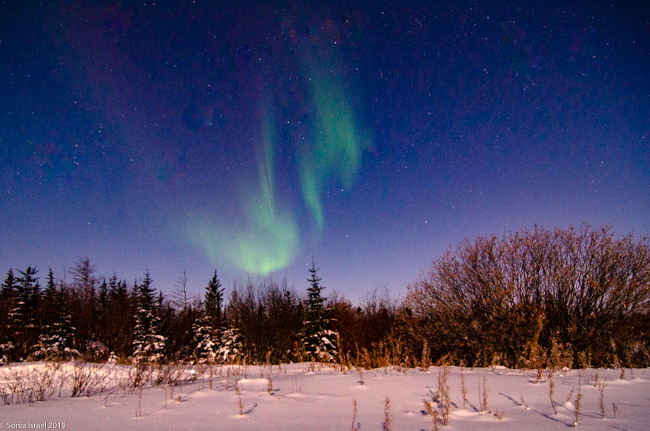
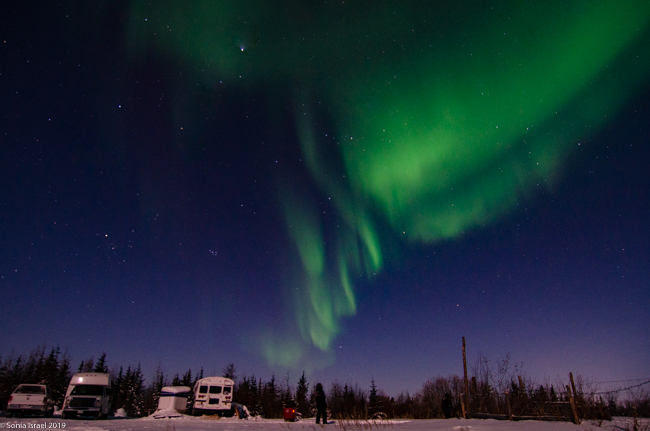

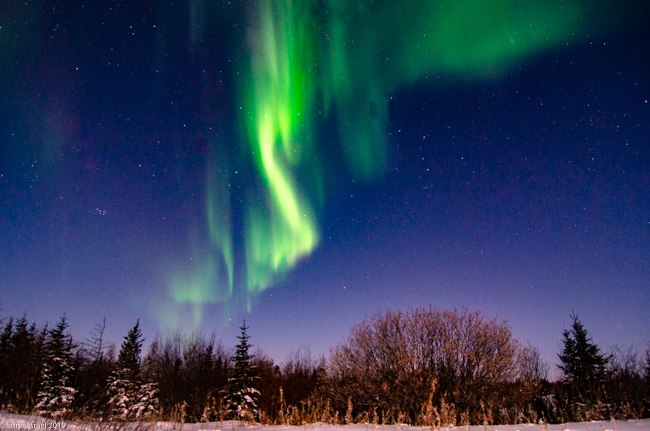
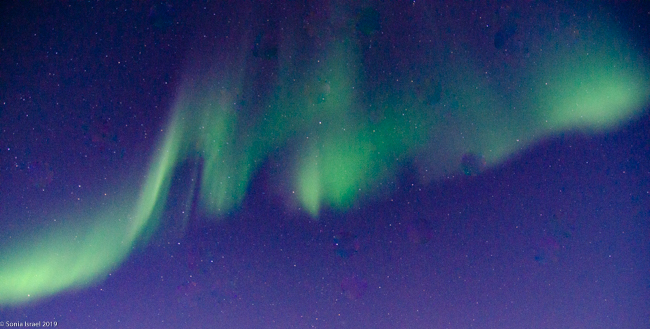
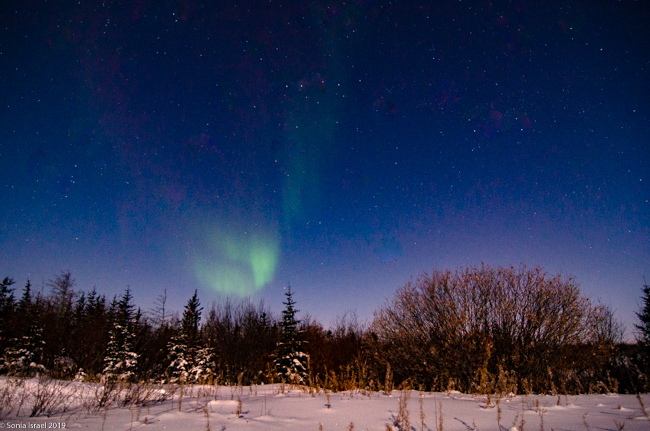
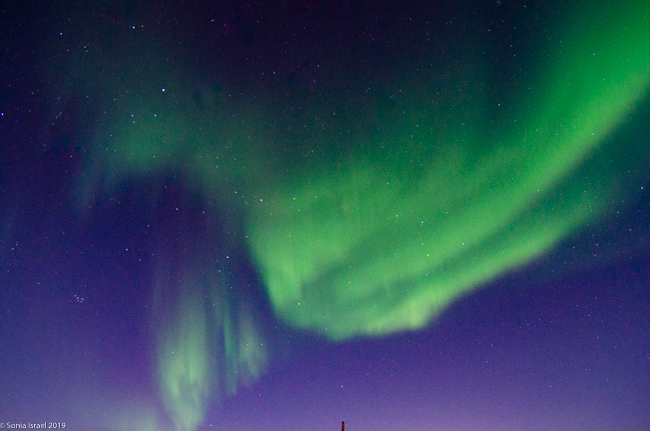
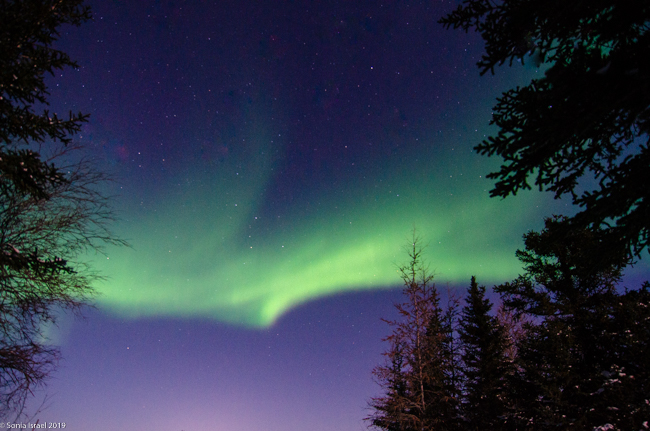
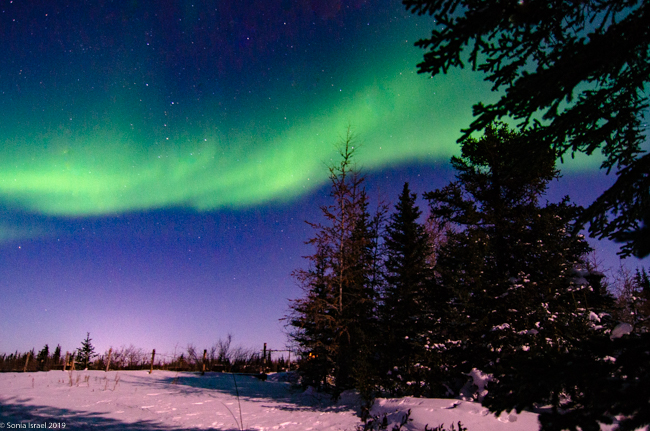
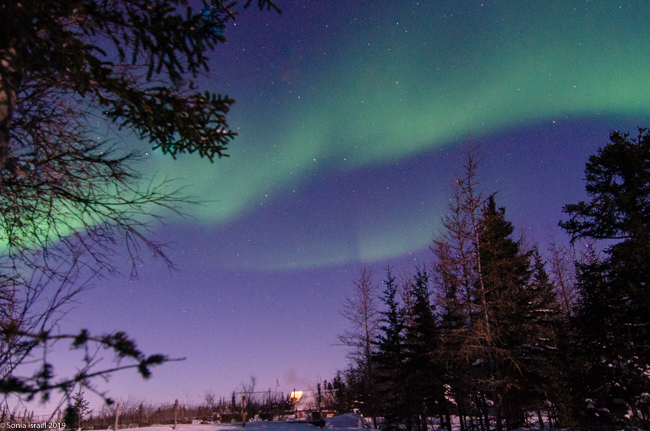
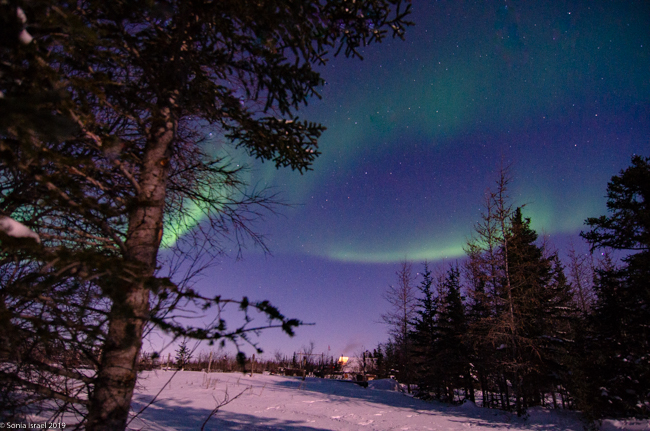
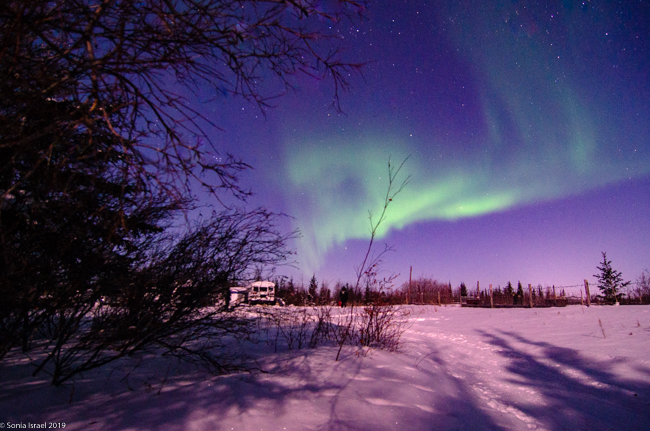
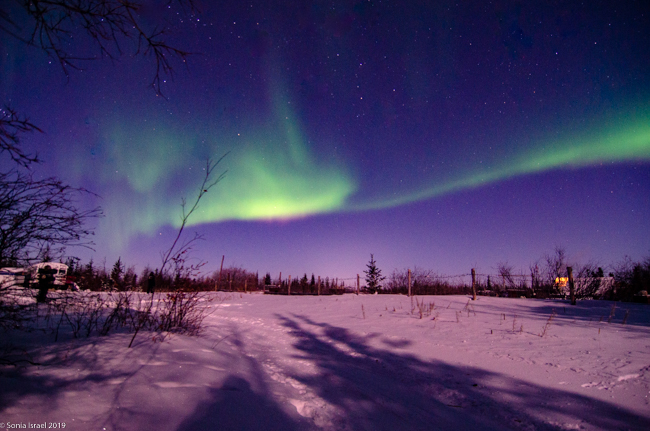
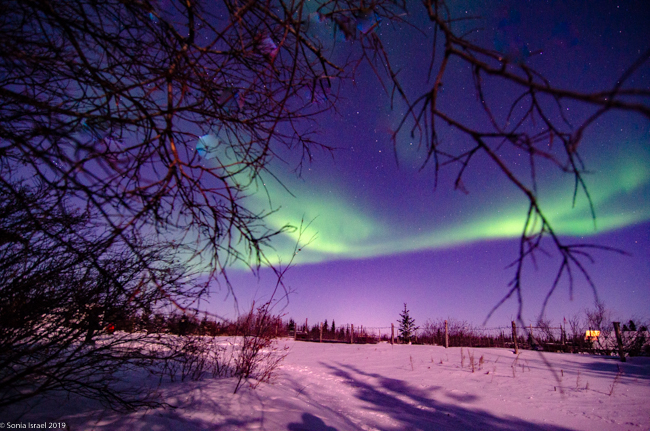
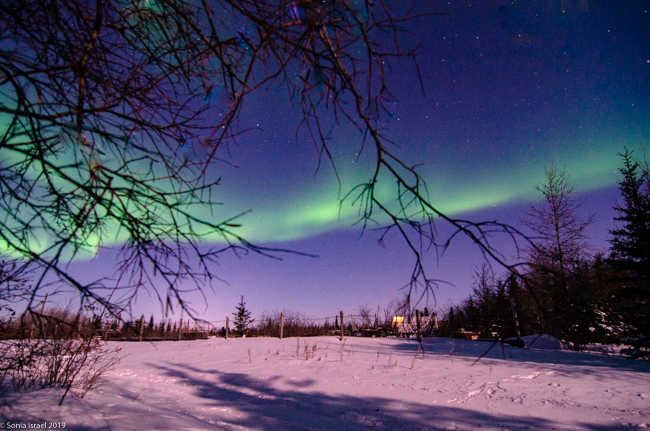
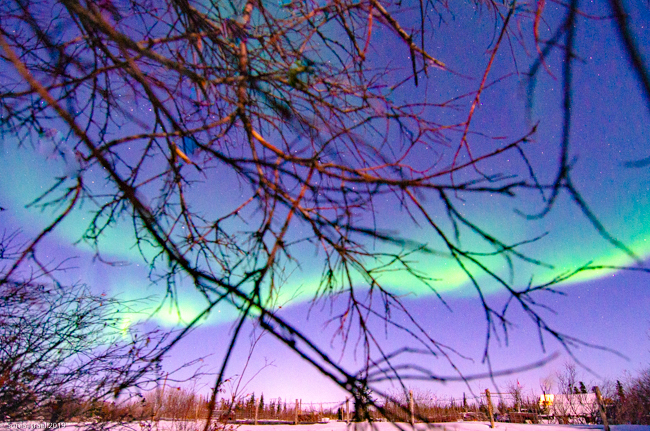
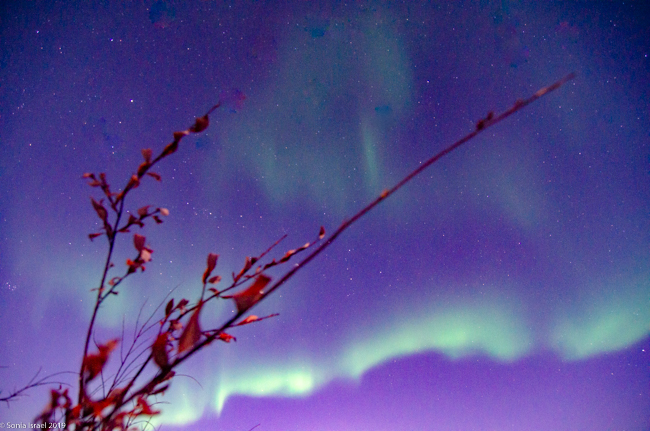
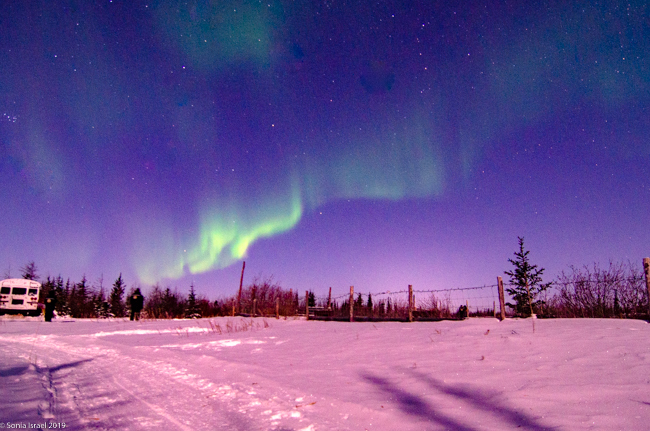
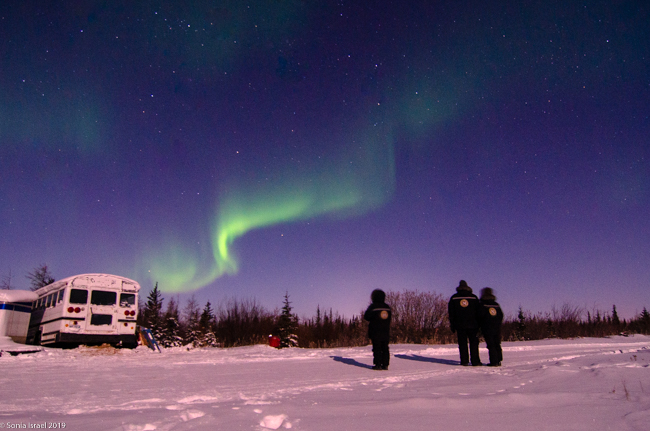
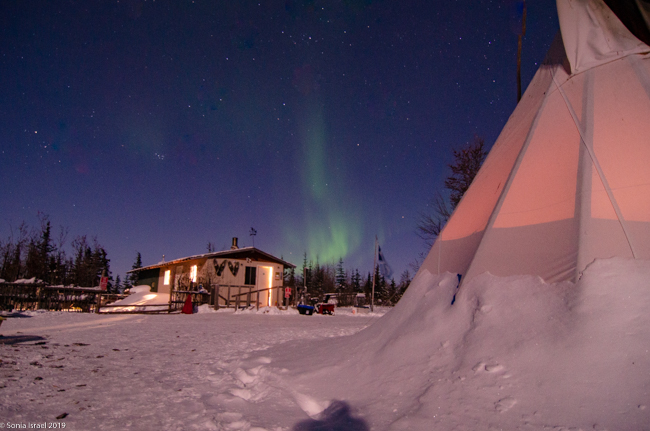
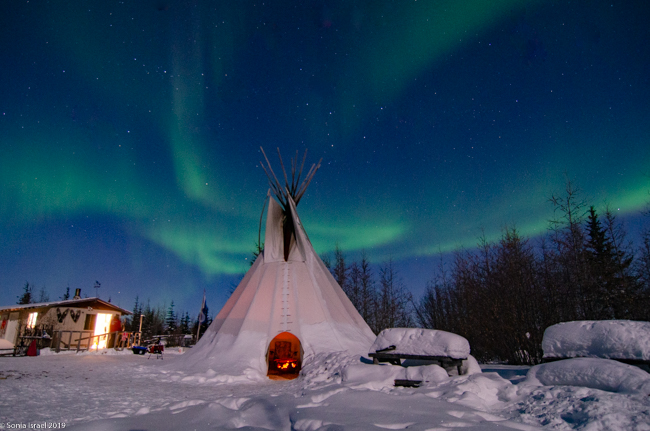
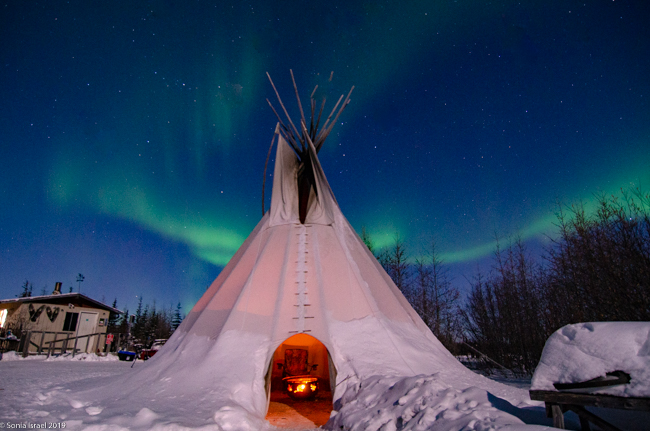
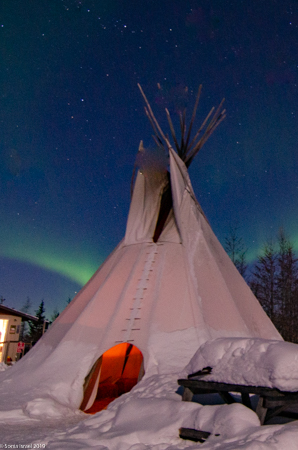
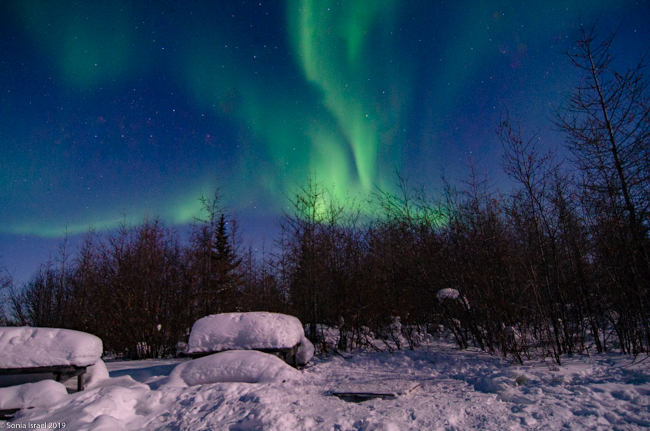
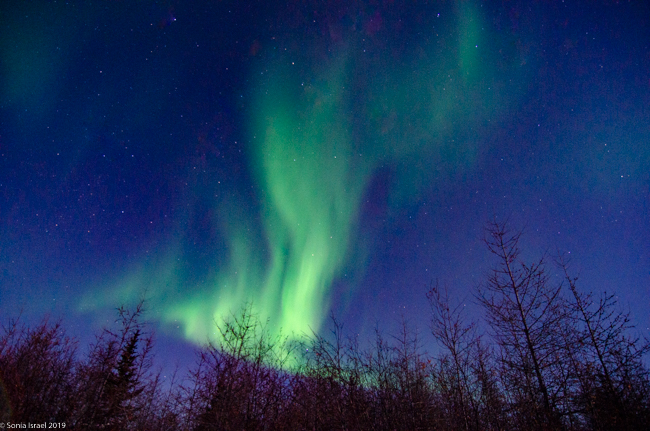
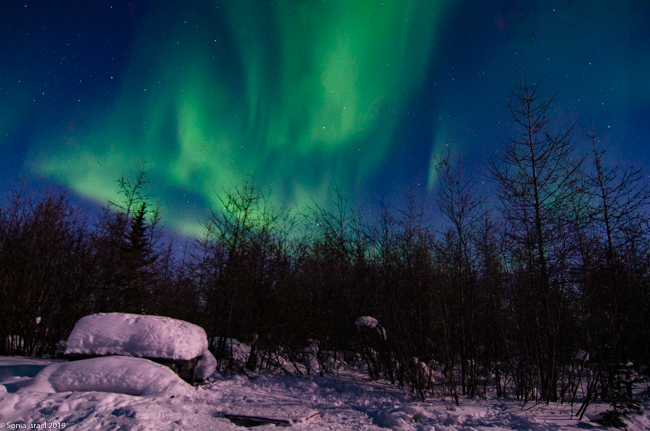
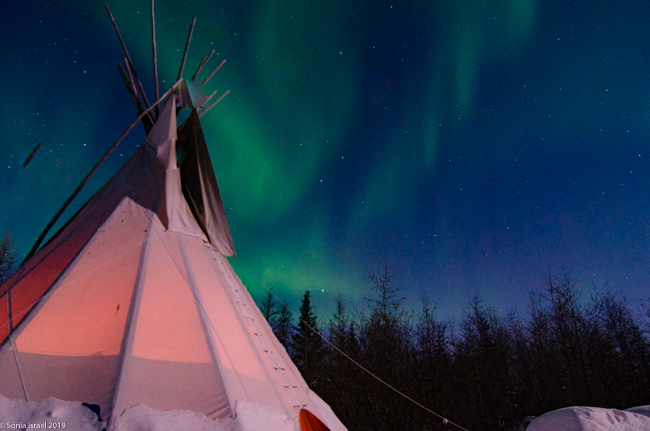
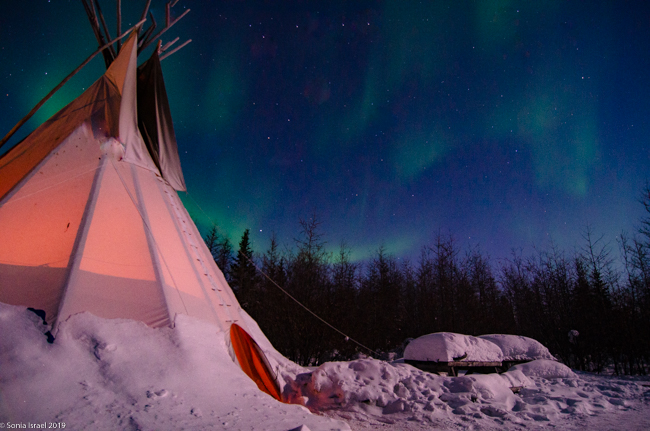
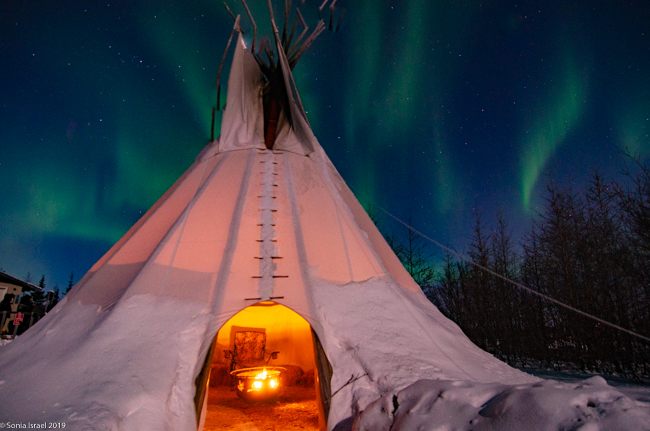

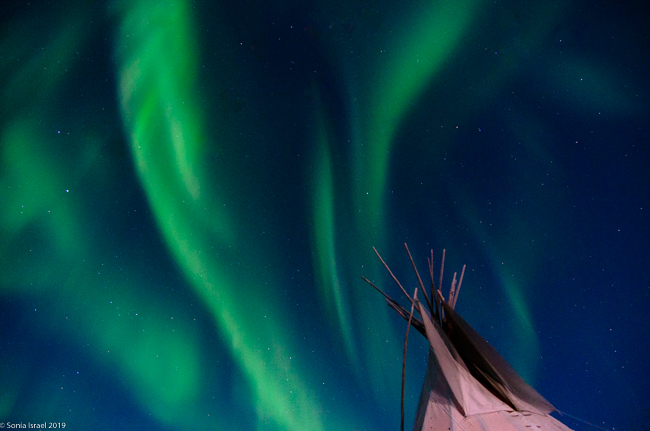
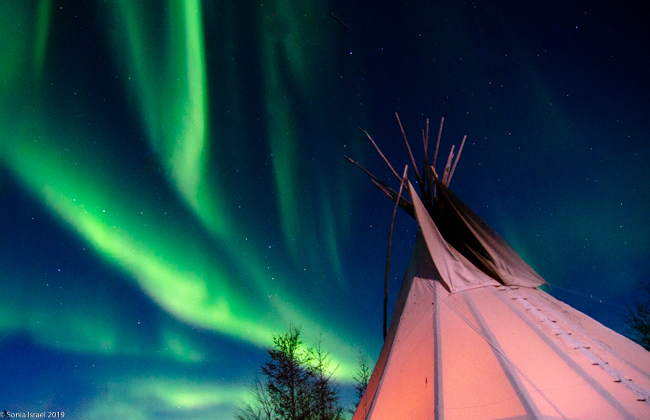
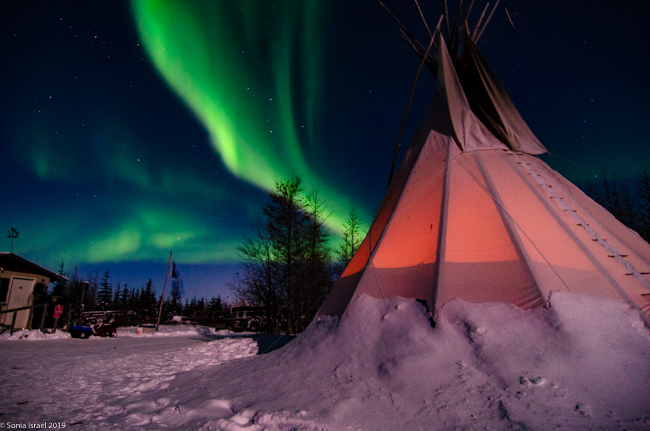
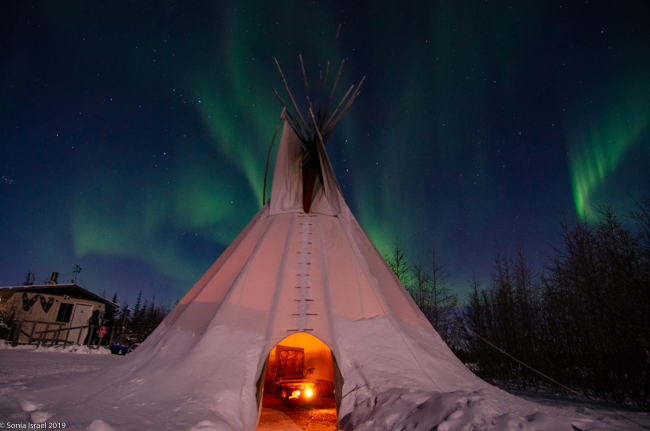


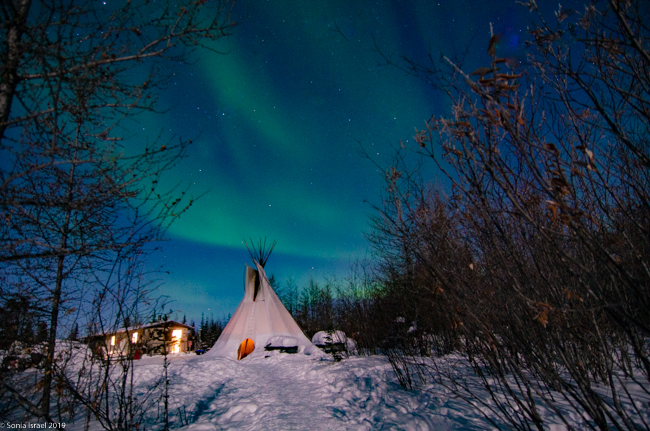
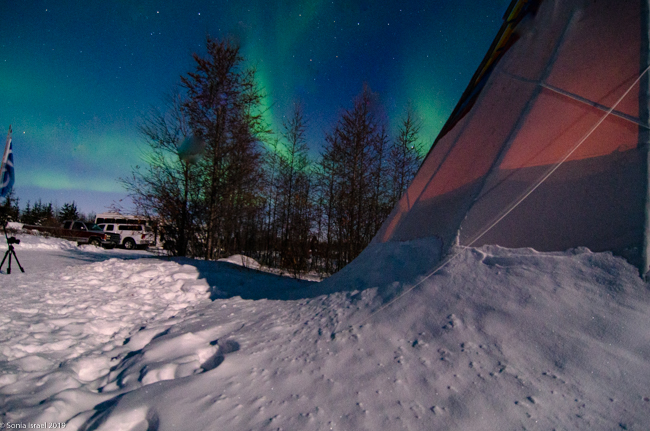
M Buczaczer
Thank you for the very illuminating stories and explanations (no pun intended) and for the wonderful photos. Makes me want to go ther.
Ben
This is amazing! Aurora are high on my list of natural wonders I want to see. Thank you for the lovely photos! Living the dream!